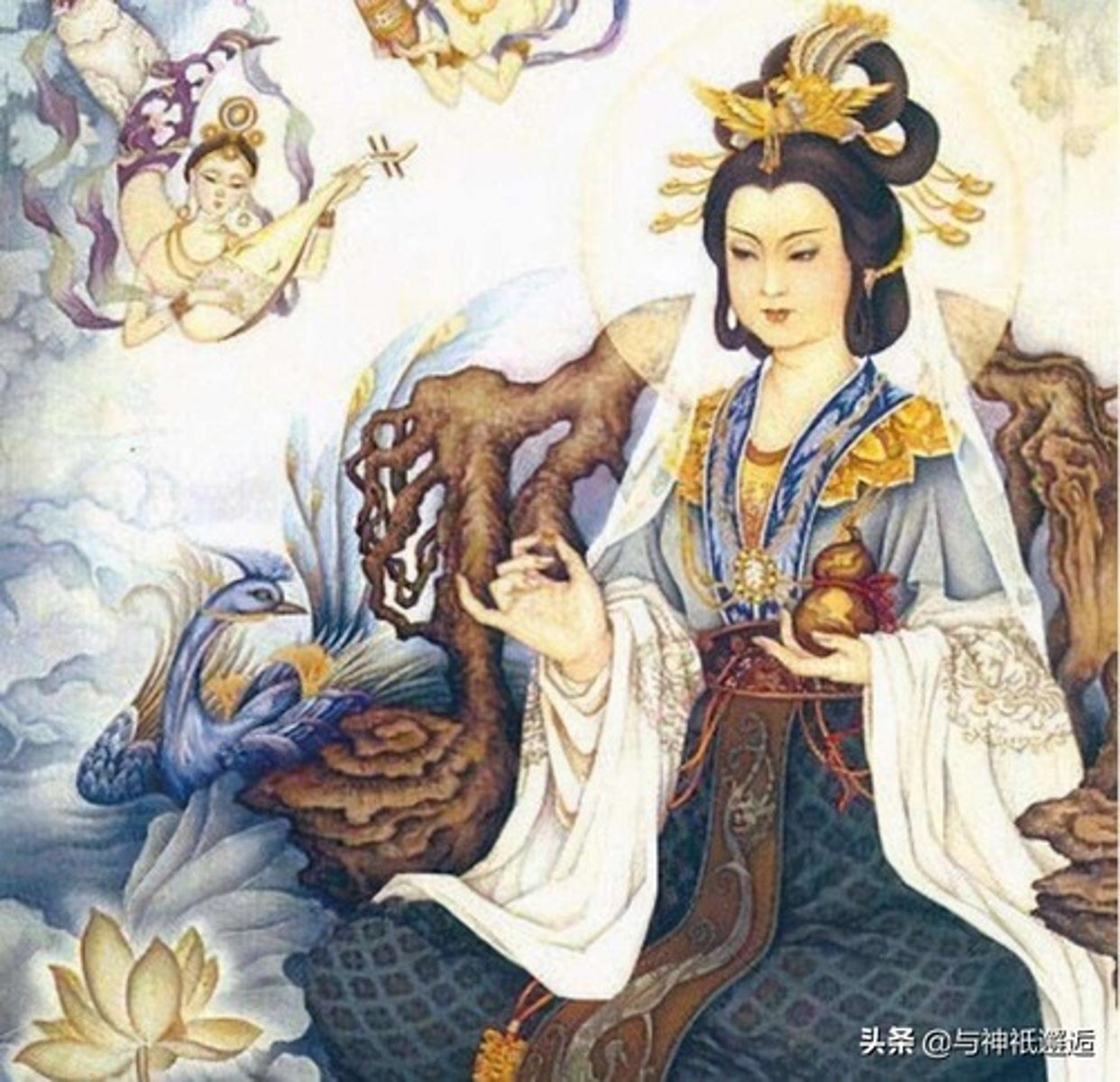Daoism (Updated)
1/47
There's no tags or description
Looks like no tags are added yet.
Name | Mastery | Learn | Test | Matching | Spaced |
|---|
No study sessions yet.
48 Terms
Who is Lao Tzu?
This is the semi-mythical founder of Daoism born in the 6th century BCE.
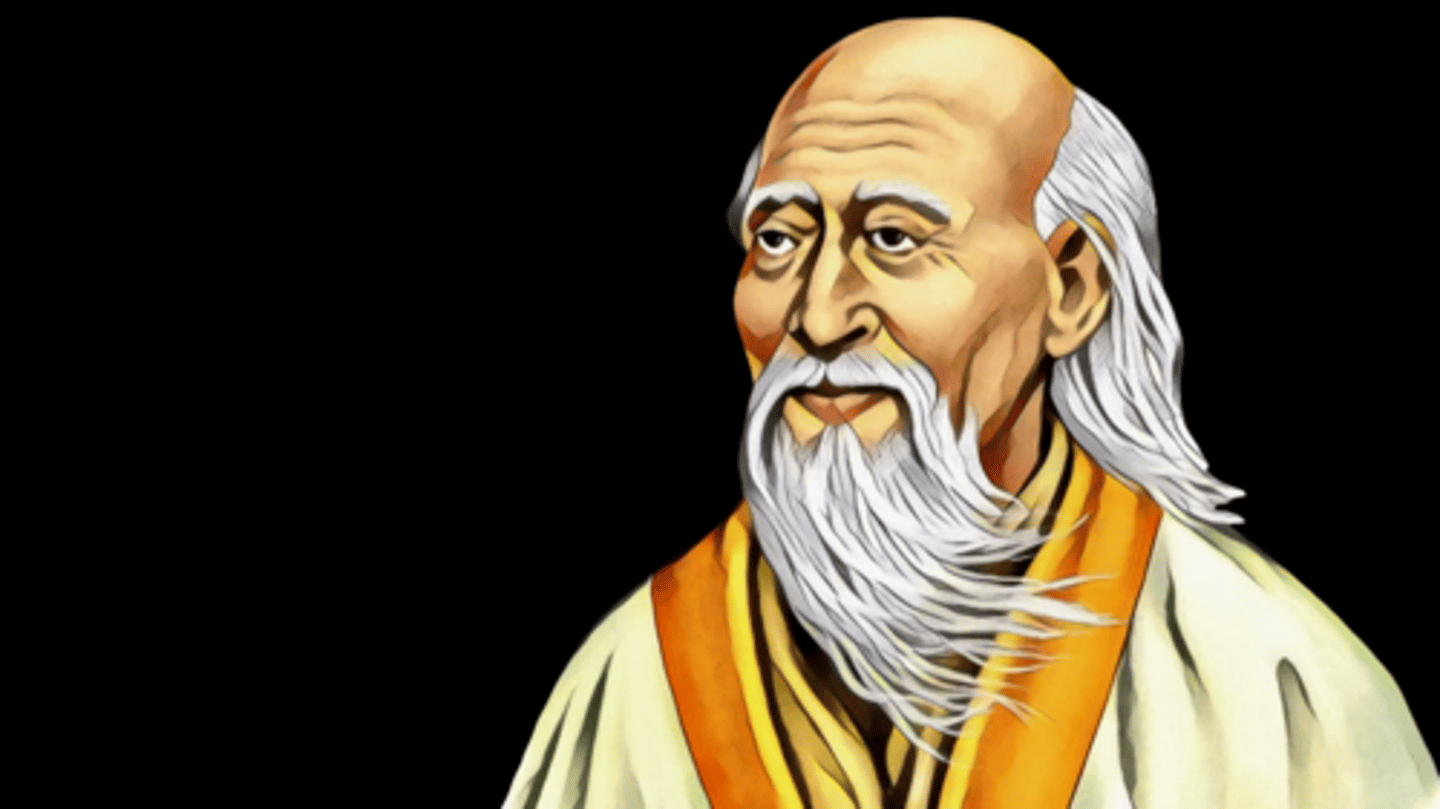
What is the Dao De Jing or Tao Te Ching?
This is the primary scripture of Daoism, which includes a collection of wisdom and folk sayings. It is approximately 5000 Chinese characters in length.
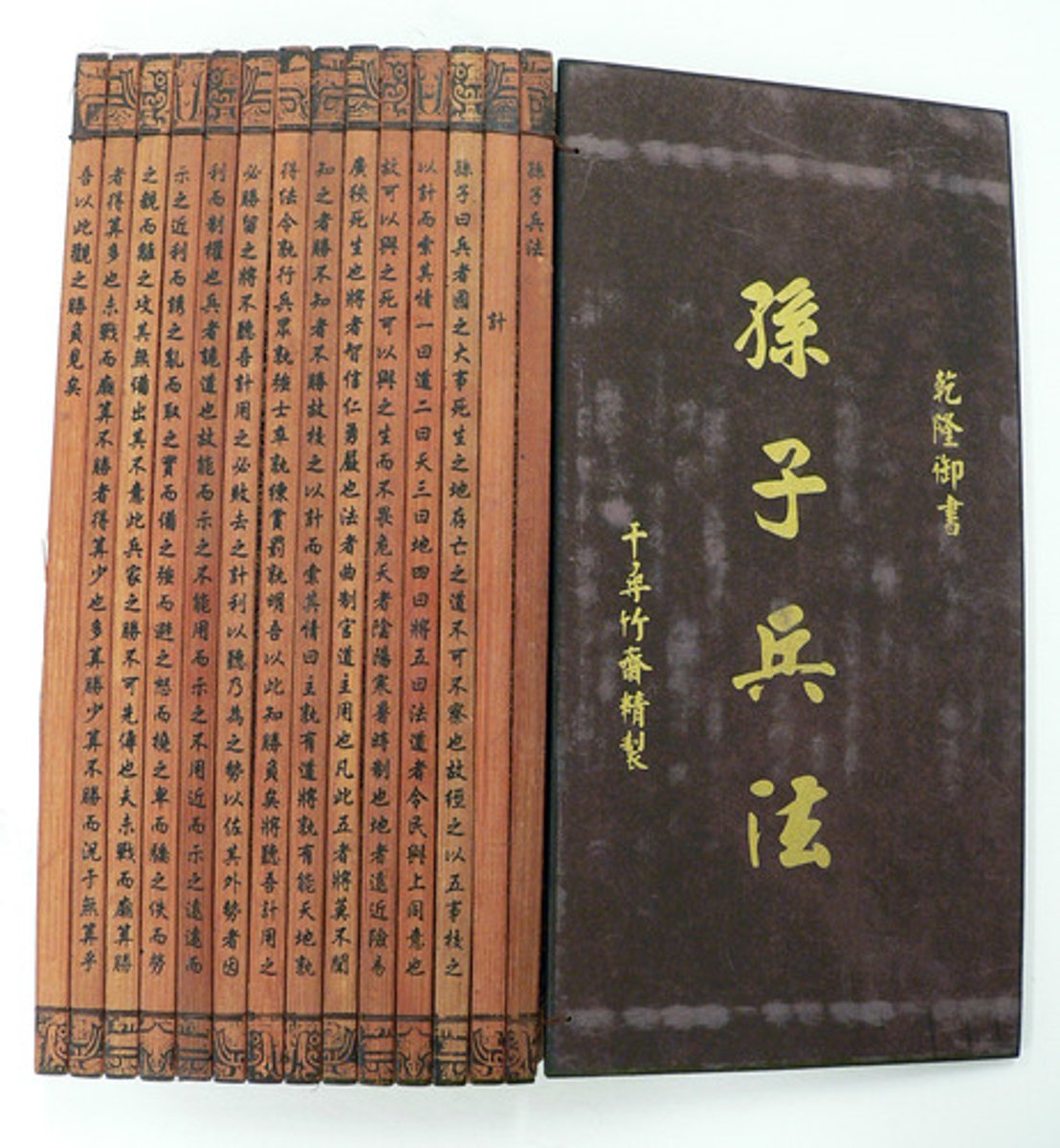
What is the Dao?
This is the uncreated, timeless, inscrutable, impersonal force and mystical reality of the universe. It shares similarities to the Hindu concept of Rita, the Zoroastrianism concept of Asha, and Confucian concept of Tian.
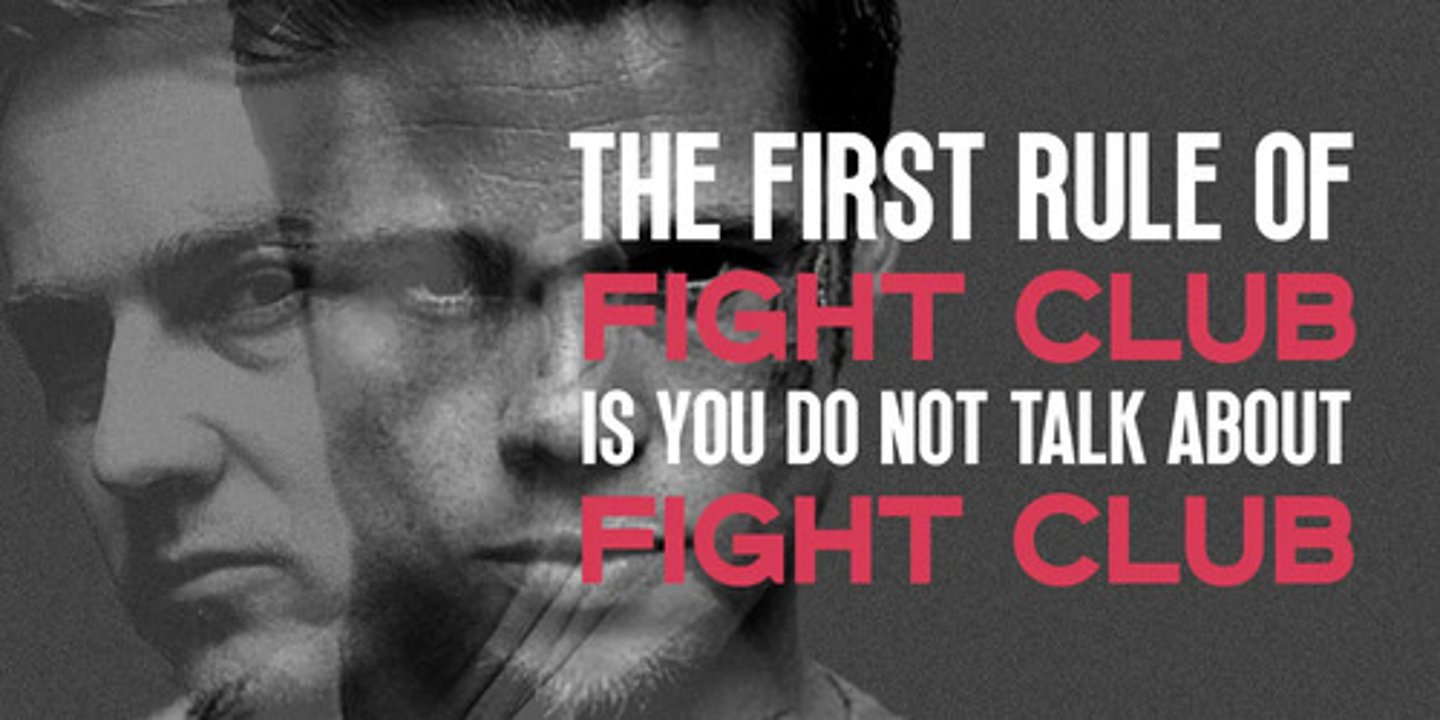
What is wu wei?
This is an effortless action or natural spontaneity which is in tune with the Dao.

What is chi?
This is the vitality or energy that animates the universe. It can be enhanced in a variety of ways, including diet, tai chi, acupuncture, and meditation.

What is pu?
Literally meaning uncarved wood, this is your true, uncorrupted self.
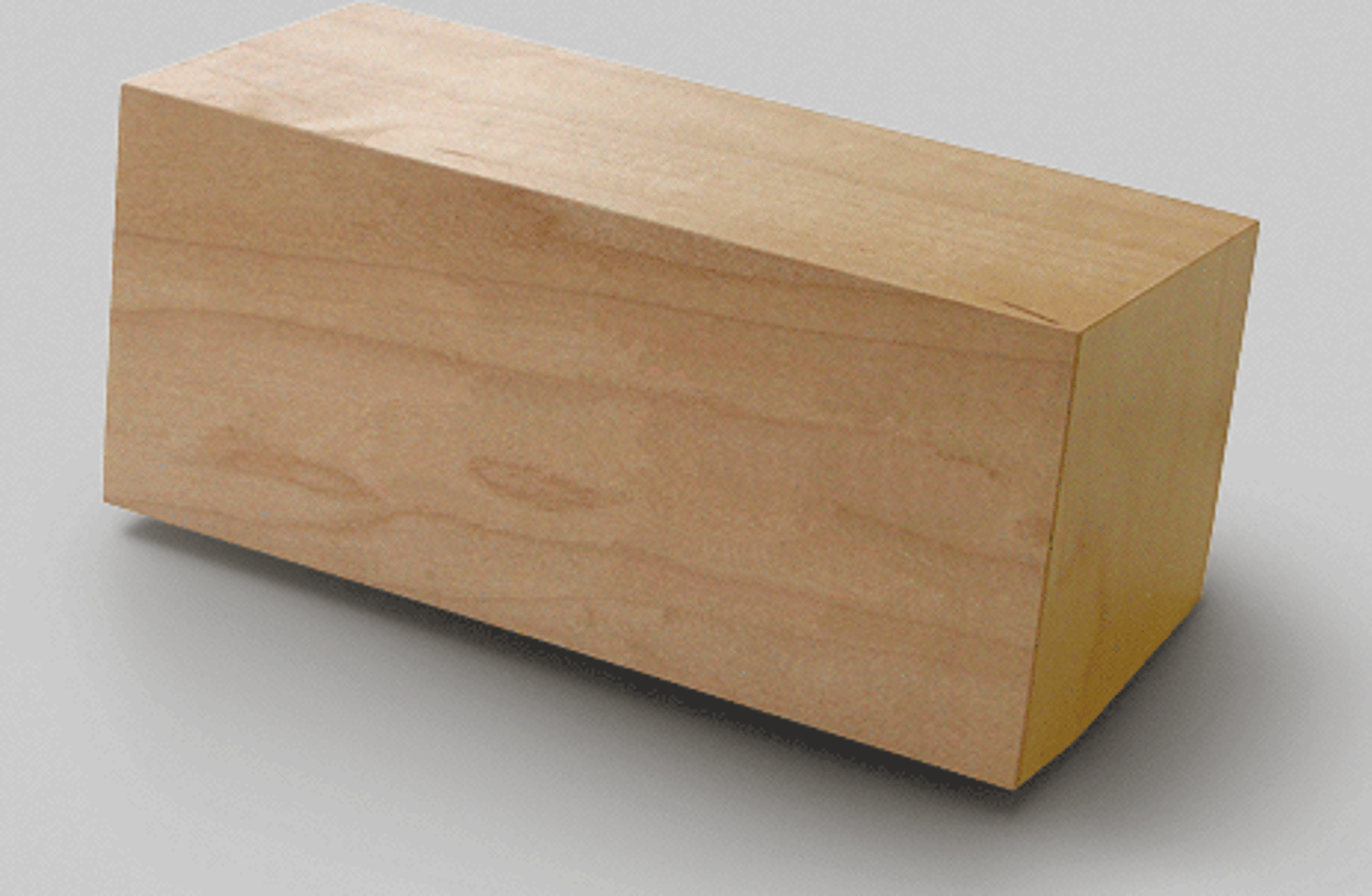
What is de?
This is our innate virtue or power that exists in accordance with the Dao.
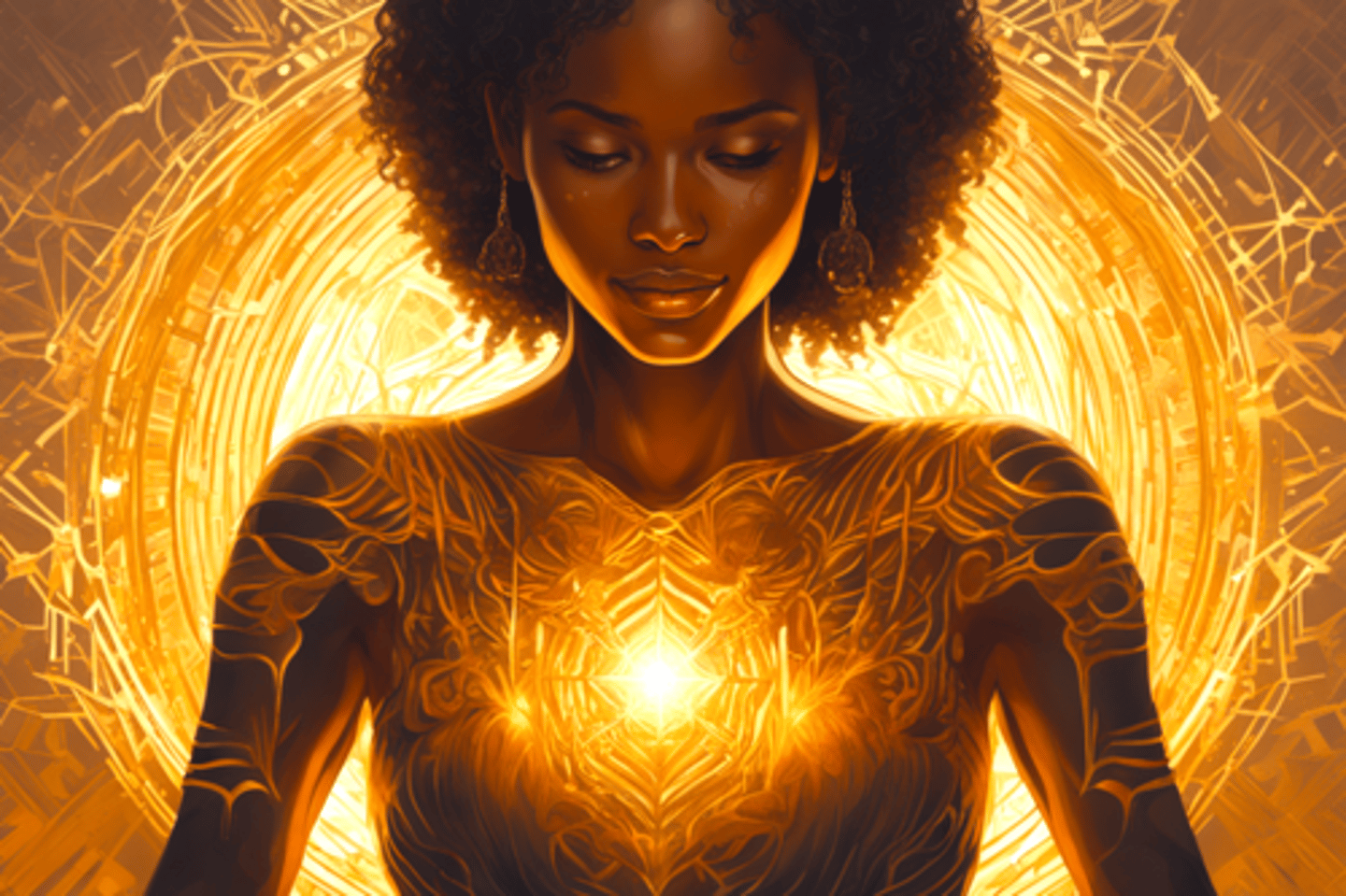
What is yin (f) and yang (m)?
These are the complementary factors that help to maintain the equilibrium of the world. One is associated with masculine, light, and active qualities while the other with feminine, dark, and passive qualities.
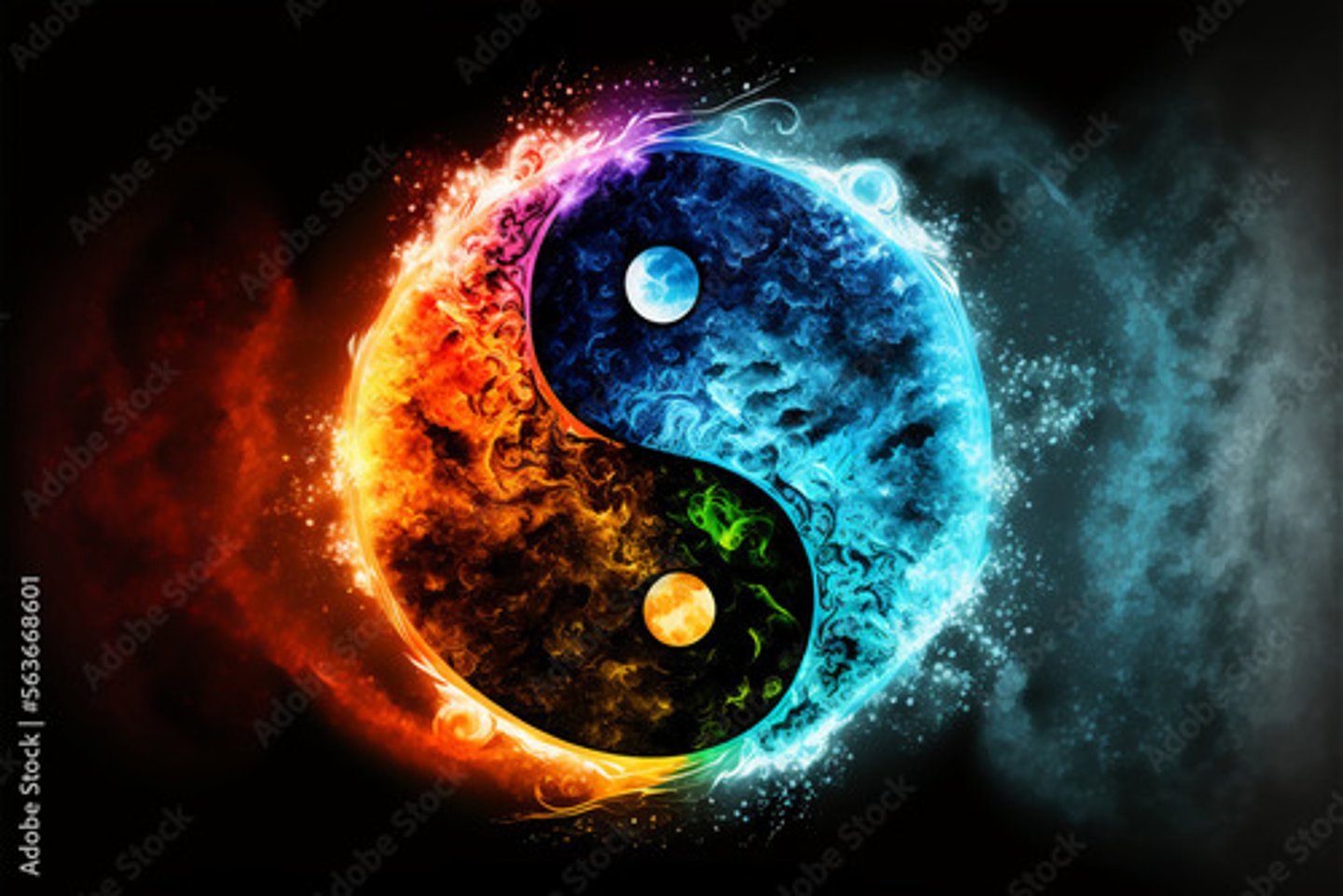
Who is Chuang Tzu?
This is the second-most important figure in Daoism, born around 365-290 BCE. His teachings and anecdotes comprise the second-most important writings in the Daoist tradition.
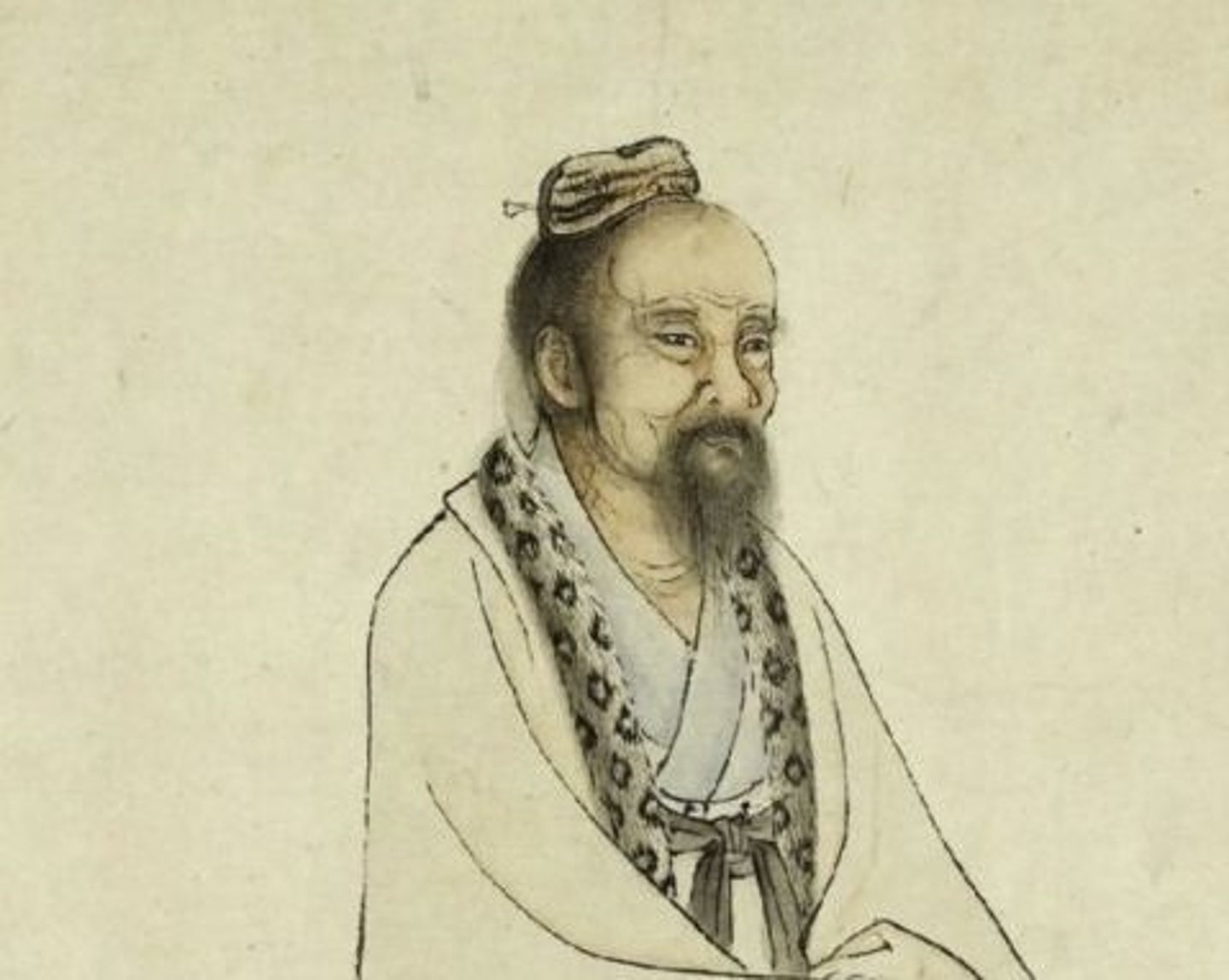
What is feng shui?
This is a form of geomancy practiced in Daoism in which the arrangement and orientation of living spaces optimize the flow of energy (chi).

What is alchemy?
This is a magical process of transformation in which Daoists, by using a variety of ascetic and mystical practices, attempt to manipulate energy in order to achieve supernatural abilities, including immortality.
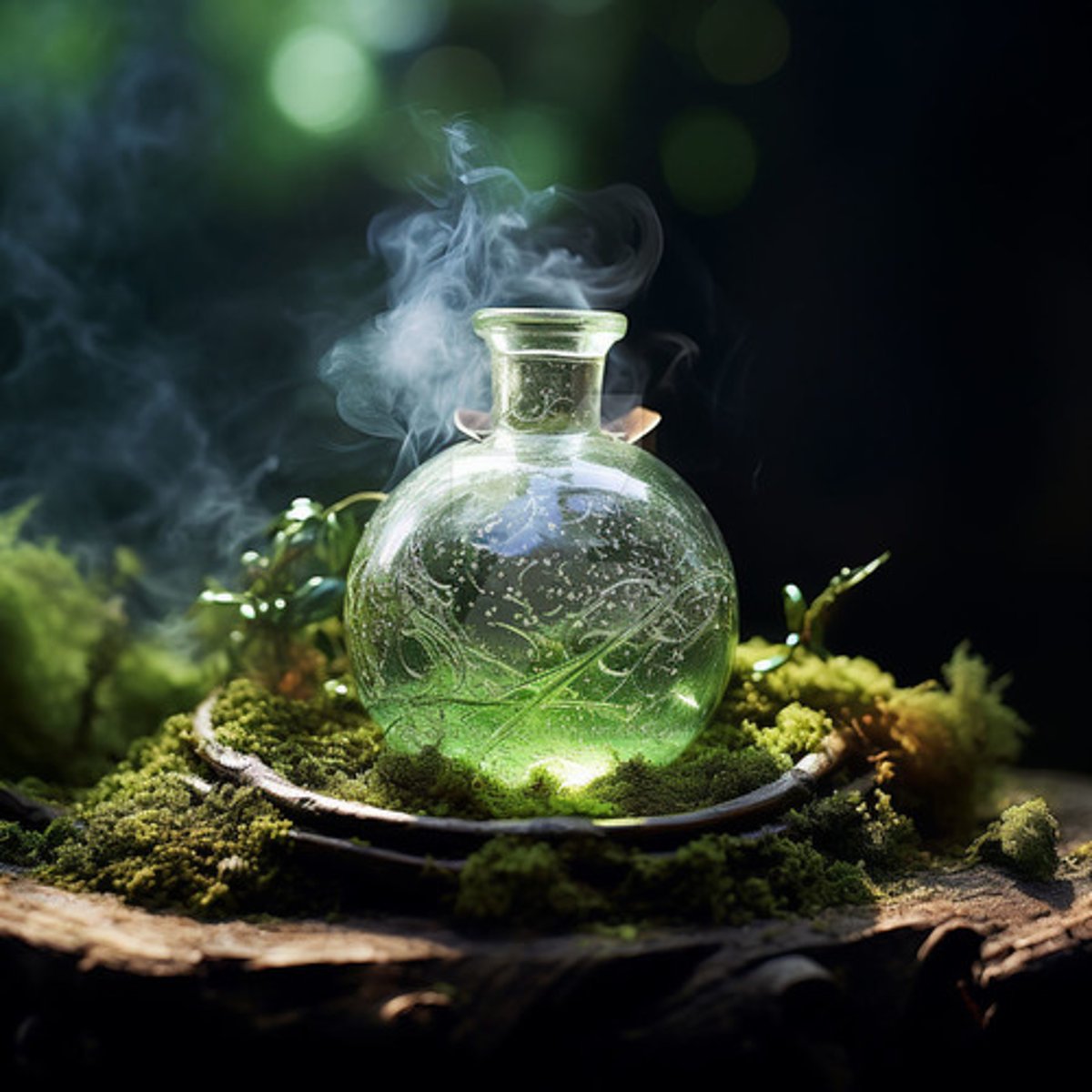
What is a meridian?
This is an energy pathway in the body known to be studied and manipulated by traditional/folk Chinese doctors.
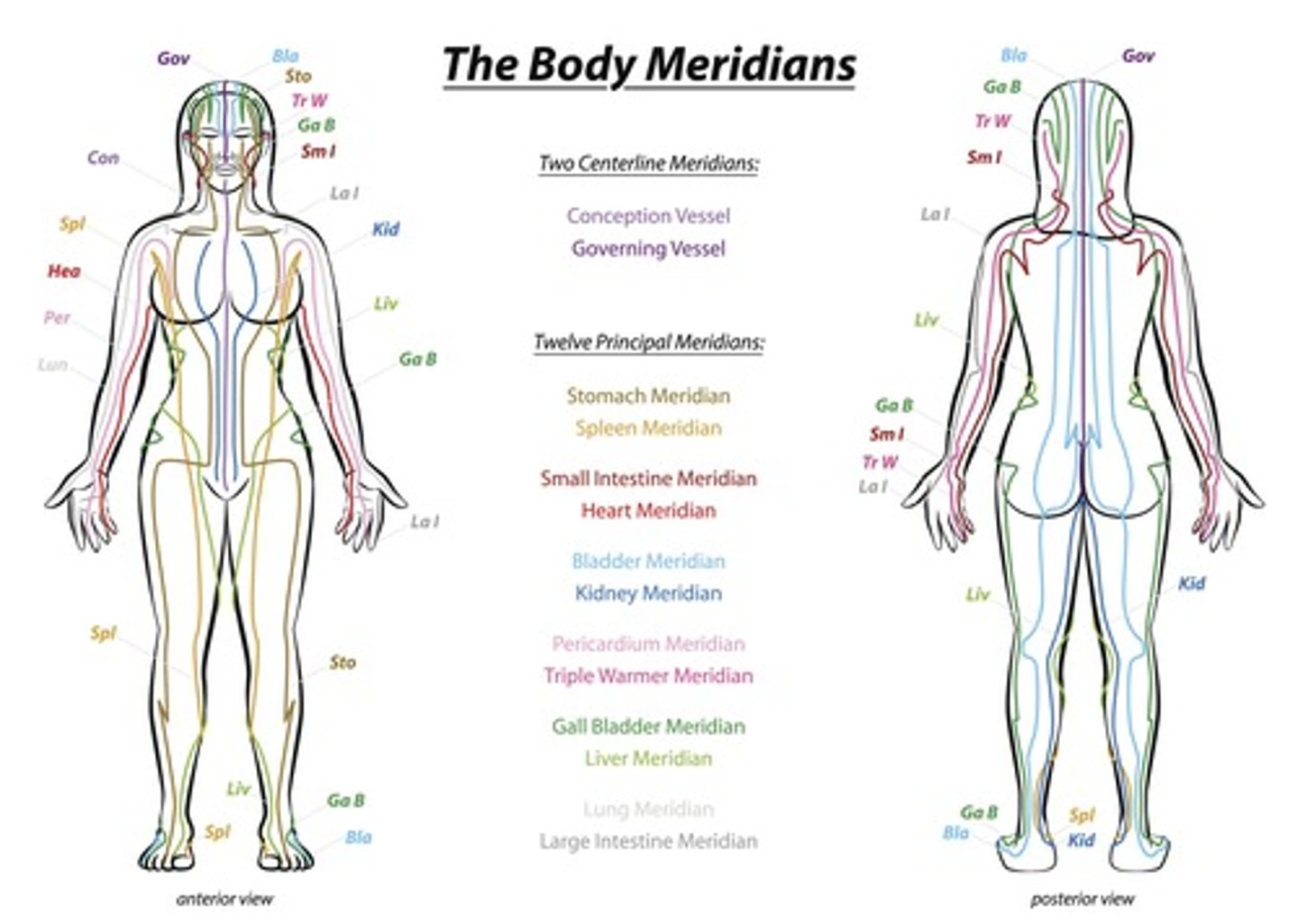
What is the Celestial Masters tradition?
Beginning with Zhang Daoling (d. ca. 156 CE), this tradition transformed Daoism into an organized religion with a hereditary line of priests who governed the relationship between heaven and earth as well as the gods and humanity. Additionally, these priests ordained new priests and oversaw the celebration of festivals and the performance of rituals.
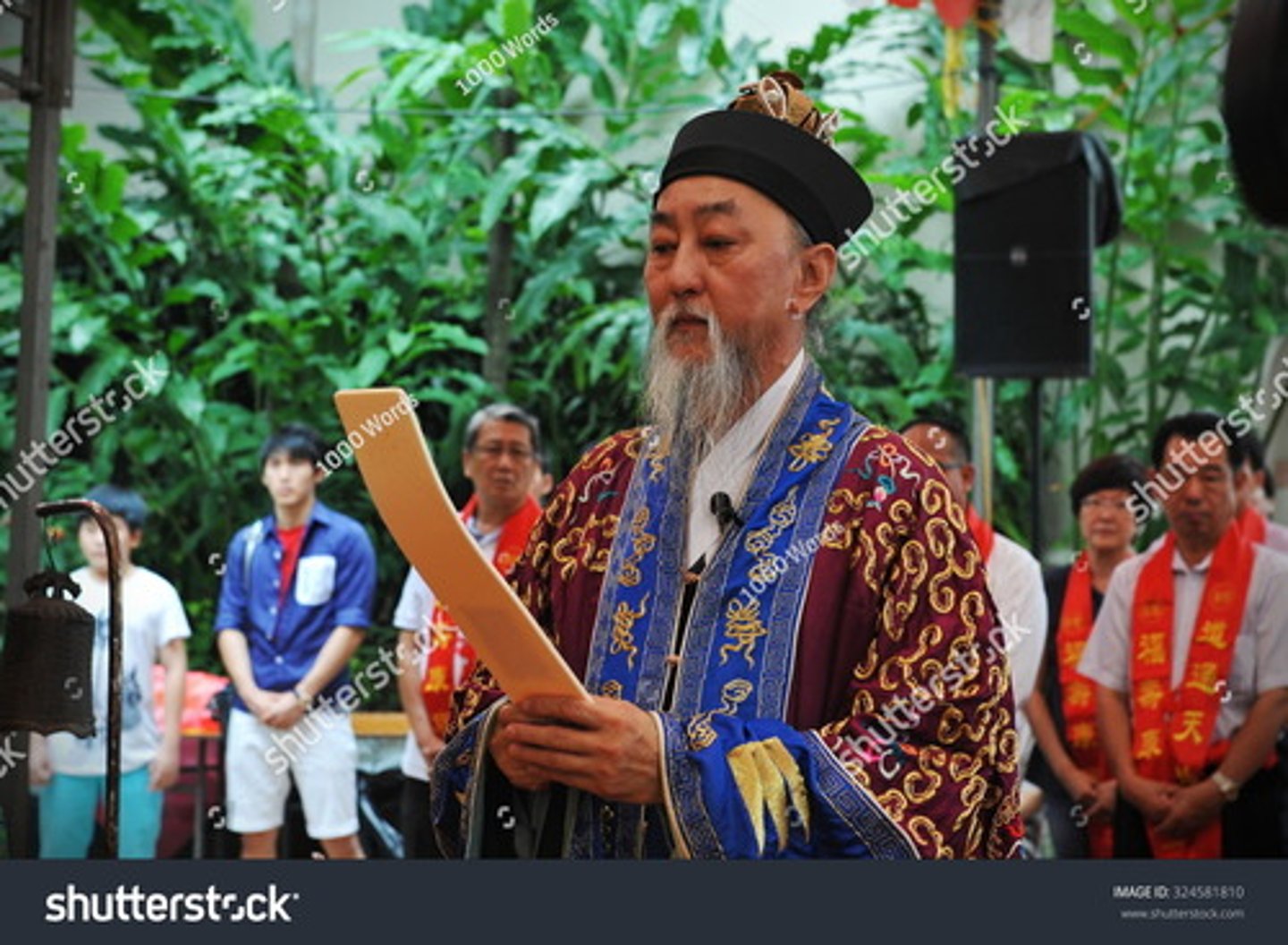
What is the Highest Purity tradition?
In the fourth century of the common era, in opposition to the Celestial Masters tradition, a group of celibates on Mount Mao began to focus on meditation and purity rather than ritual. They claimed to have received new revelations from a deceased member of their community, Lady Wei.
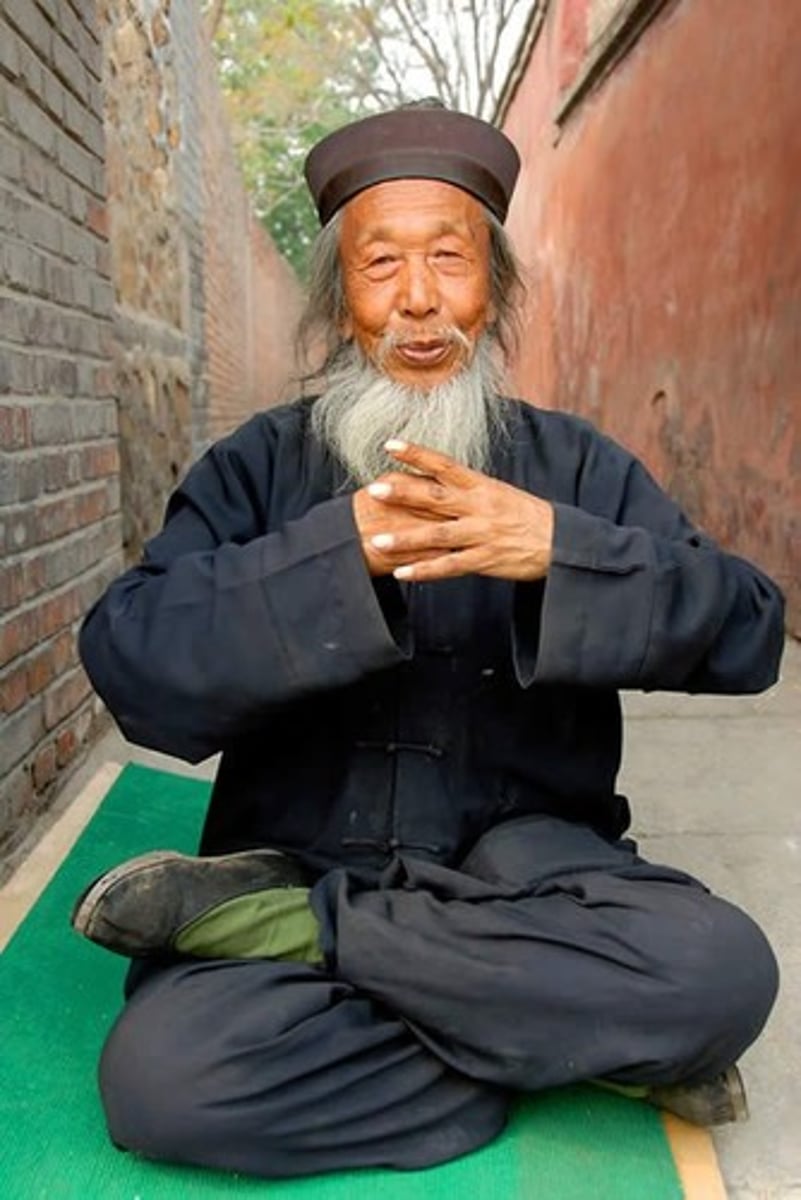
What is the Complete Perfection tradition?
In the twelfth century of the common era, this tradition formed. It is a combination of traditional Daoist alchemy, Zen Buddhist meditation, and Confucian virtue ethics. It is the dominant monastic school in Daoism today.
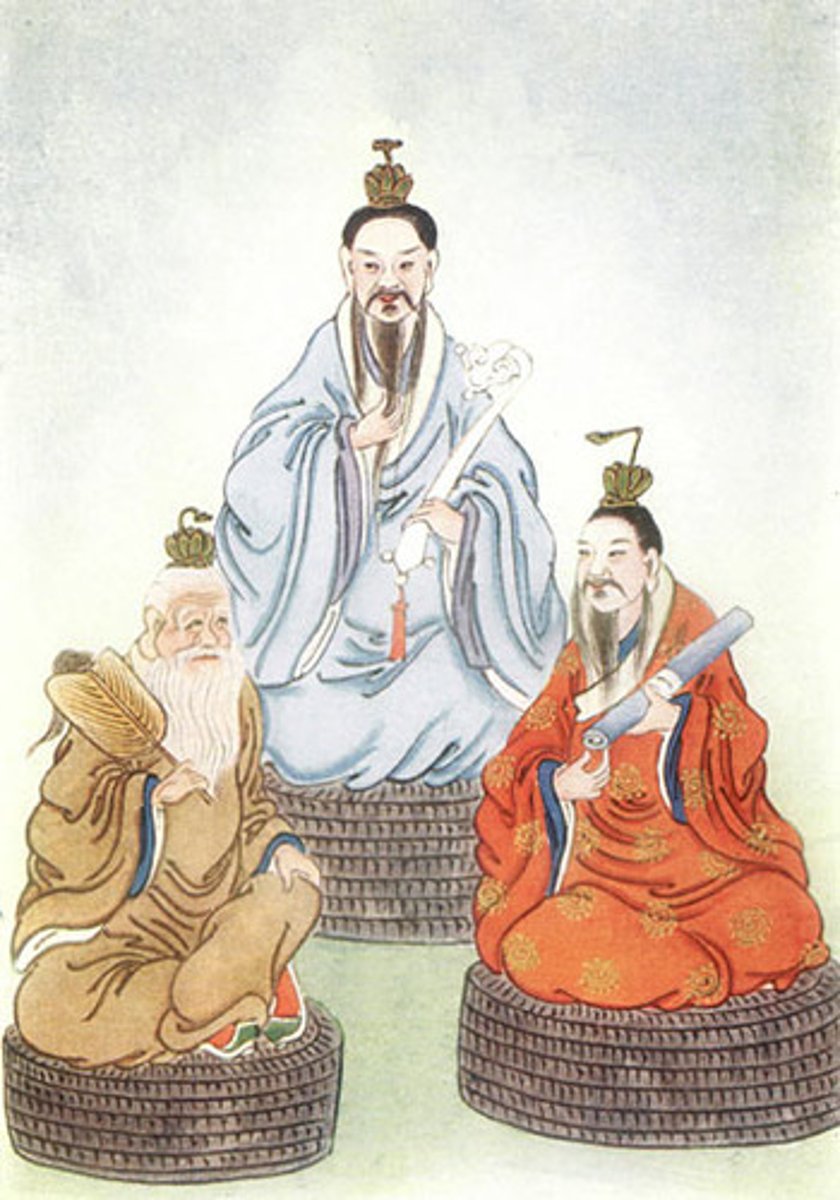
What is the Lantern Festival?
This festival is celebrated on the fifteenth day of the first lunar month, marking the end of the new year's celebrations. During this time, families gather and make lanterns with candles inside them to symbolize the importance of light, awareness, renewal, and spiritual awakening. This event has many origin stories, some of which involve the Jade Emperor, dragons, heaven, and a variety of otherworldly beings.
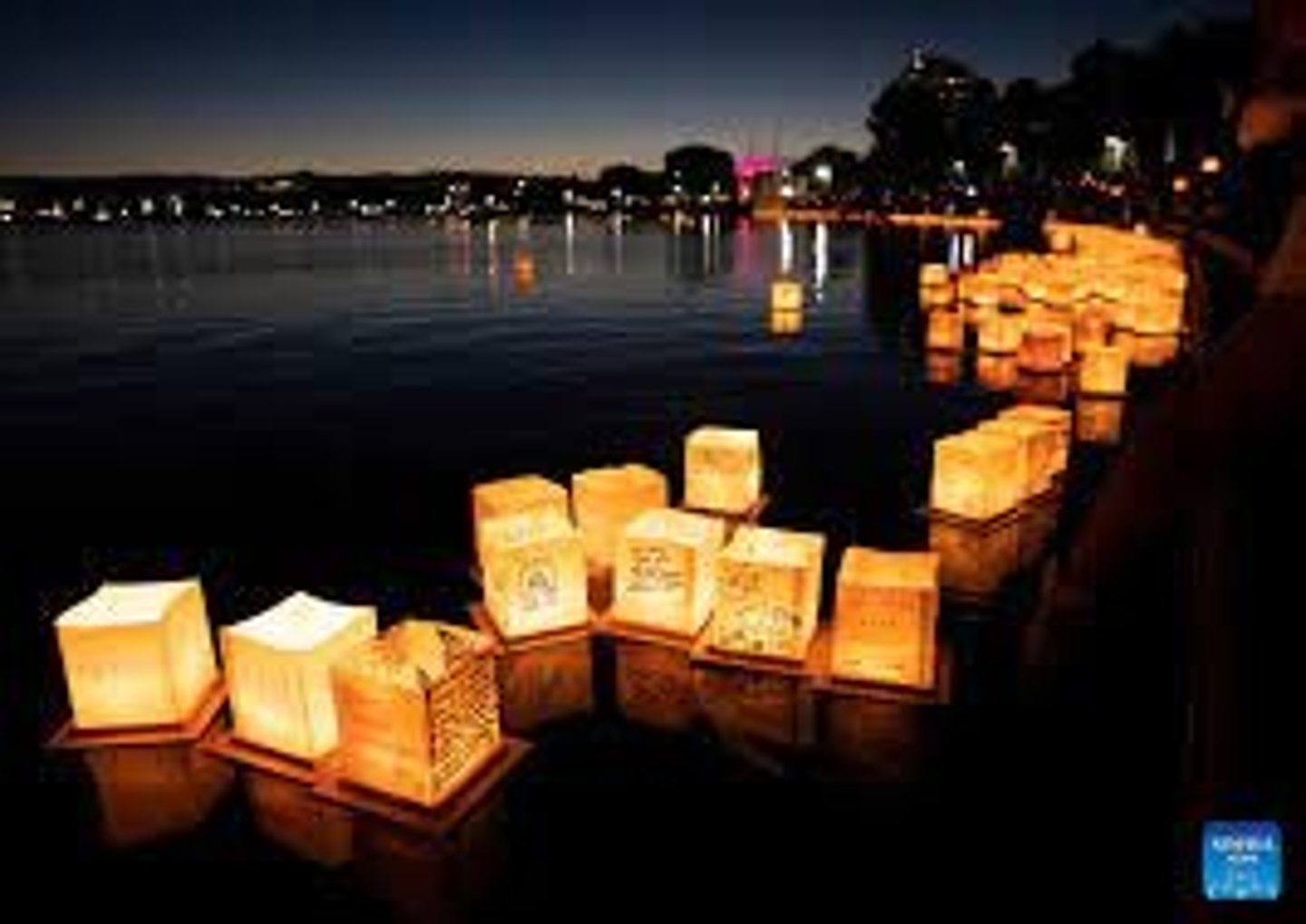
What is tai chi?
This is a practice involving a series of nearly effortless movements that are intended to enhance mindfulness, control and regulate breathing, and increase overall health. It can be considered a type of slow-moving meditation.
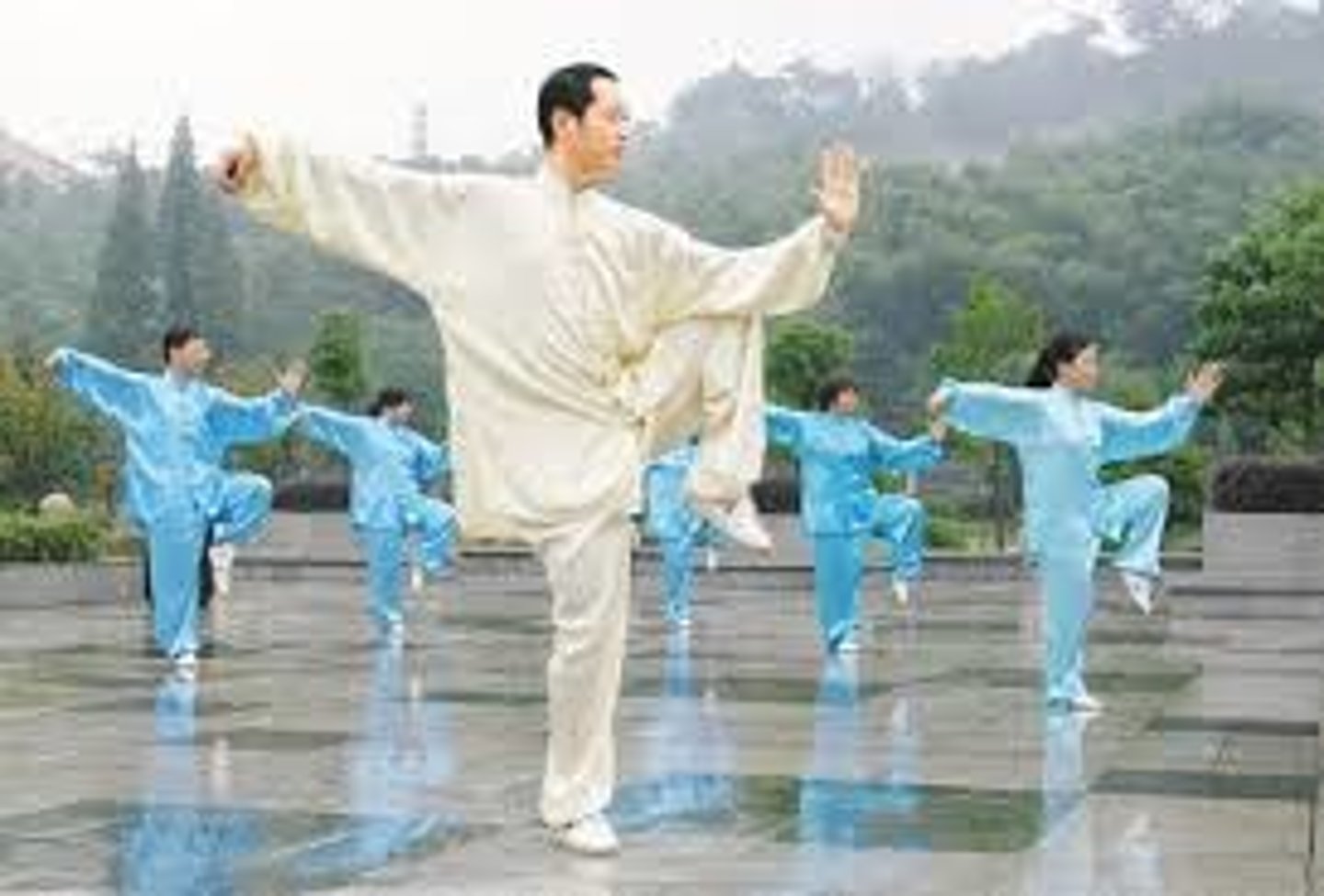
What is tian?
Often translated as heaven, this is instrumental in the creation and perpetuation of the cosmic order; however, its existence is predicated upon the Dao.
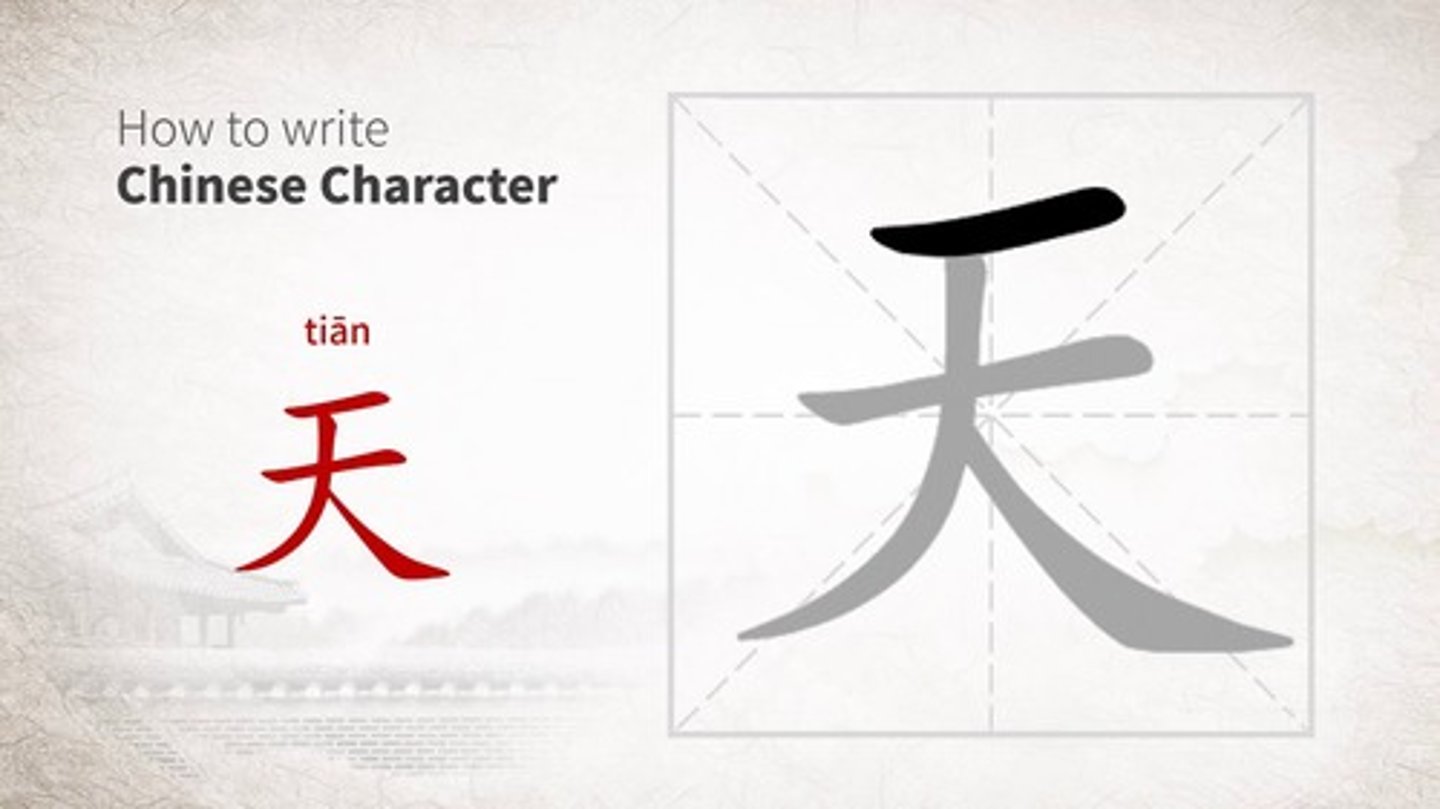
What is Confucianism?
Unlike Daoism, this tradition believes that people can design and manipulate the natural state of things for the betterment of humanity.
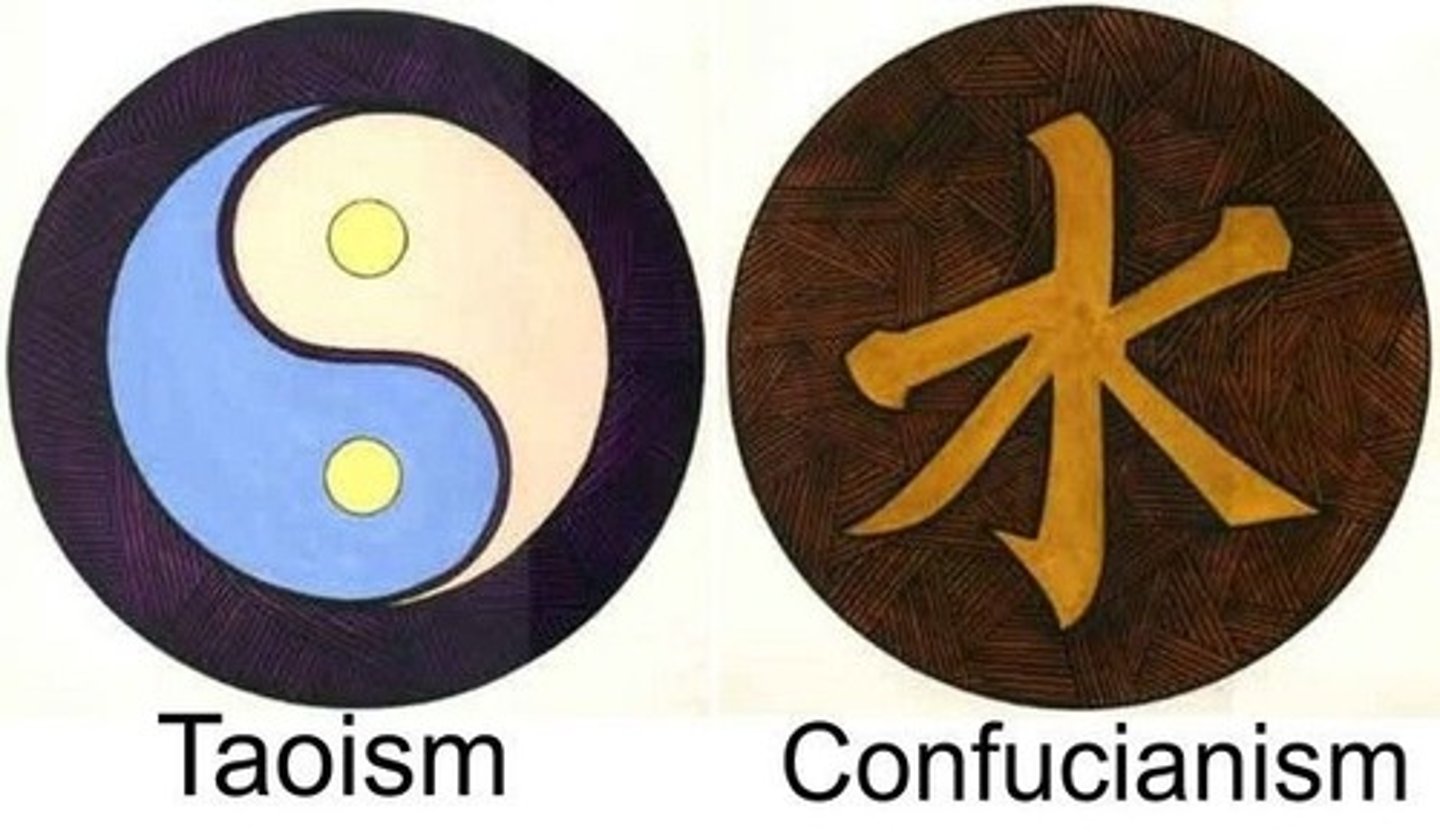
What is the Daozang?
This is the Daoist Canon that contains the entire corpus of Daoist texts. The most complete version, still in use today, was first published in 1445.
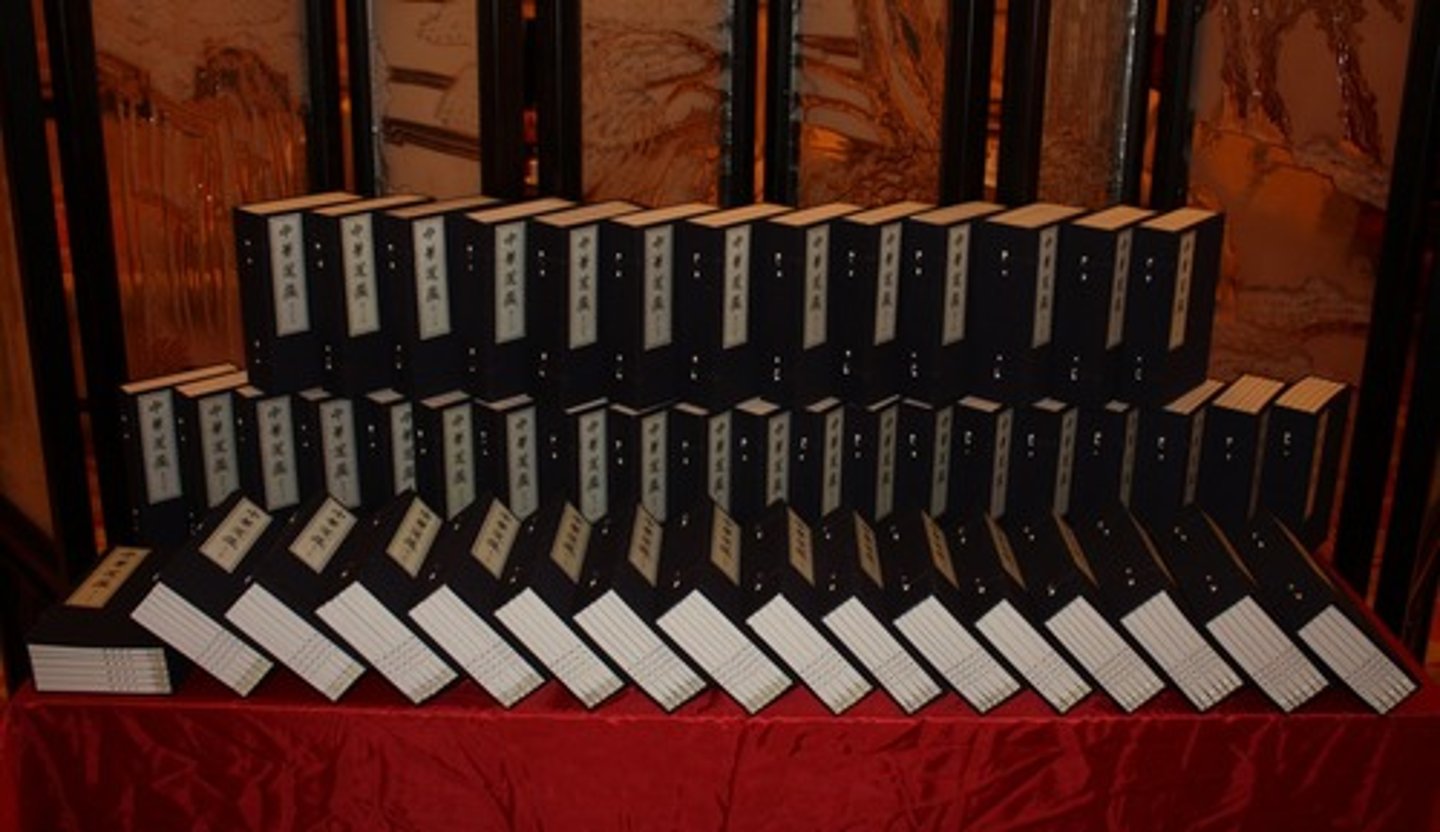
What is the Cultural Revolution?
This was a destructive, political upheaval in China led by Mao Zedong between 1966-76. It sought to cleanse China of capitalist and traditional elements of Chinese culture. Daoist texts, holy places, and practicioners were decimated across the country.
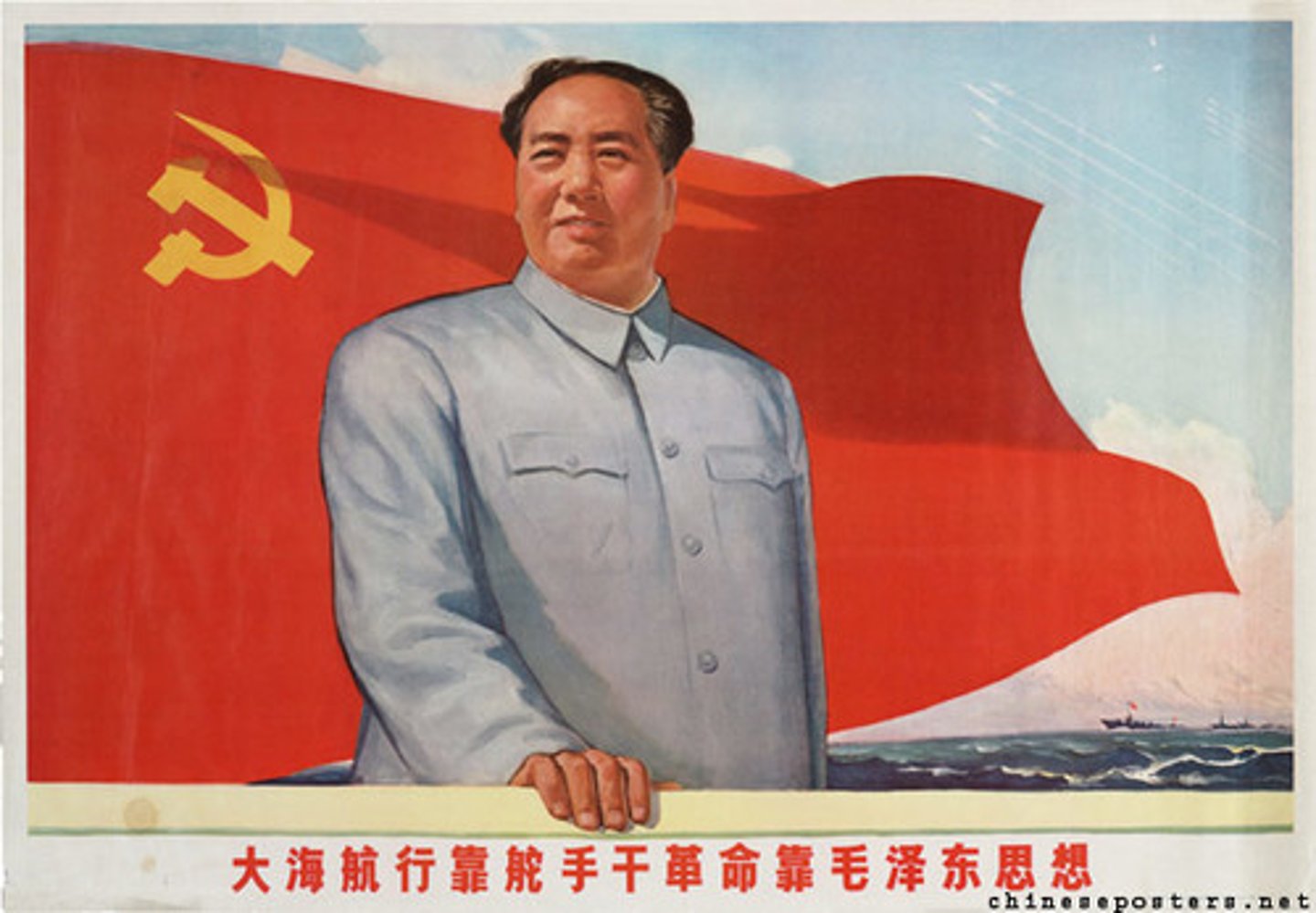
What is chi gong?
This practice is a set of slow, tensionless movements that circulate chi in order to keep the body mentally and physically fit.

What are the Three Treasures?
Known as sanbao in Chinese, they include empathy, simplicity, and patience.
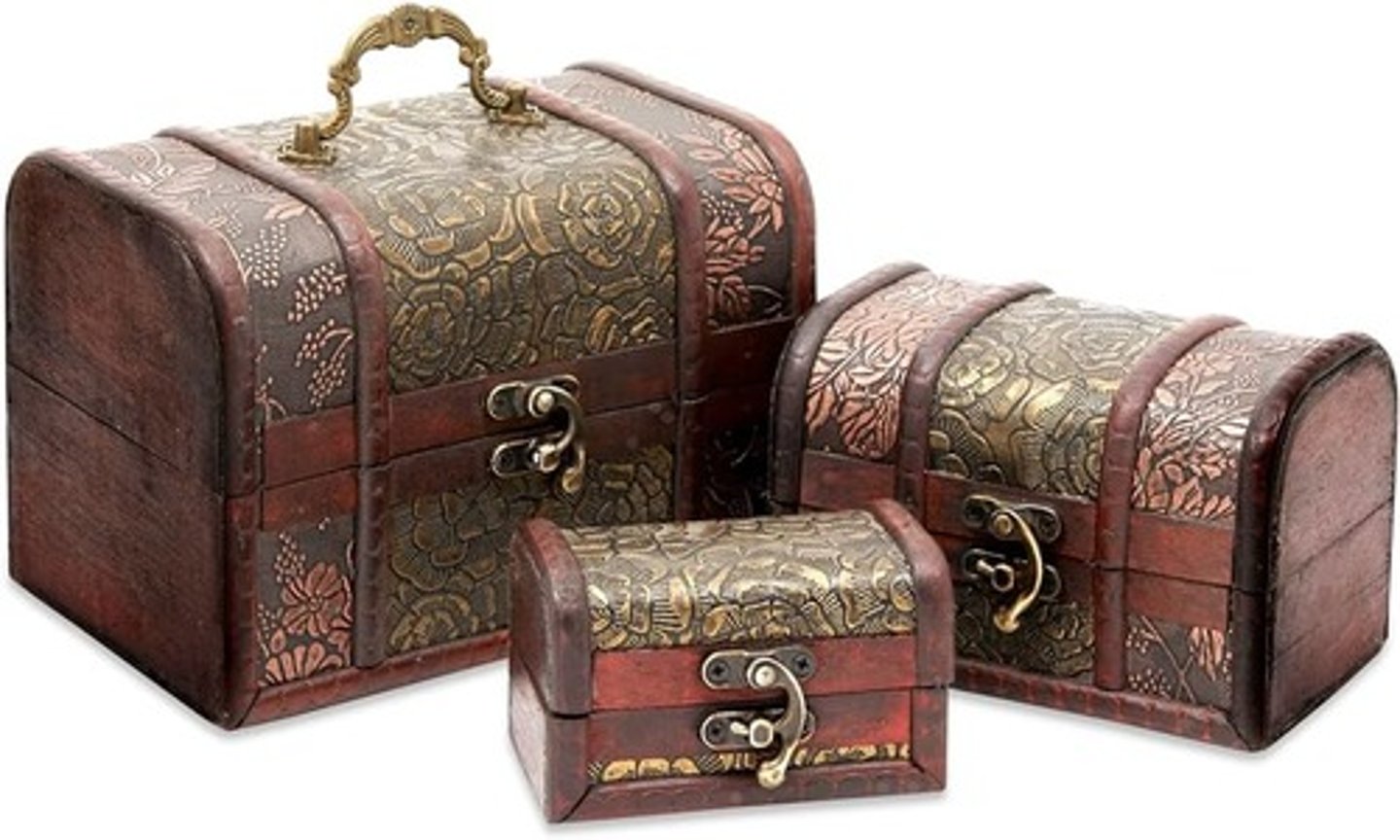
Who are the Three Pure Ones?
Tianzun Yuanshi, Tianzun Lingbao, and Tianzun Daode.
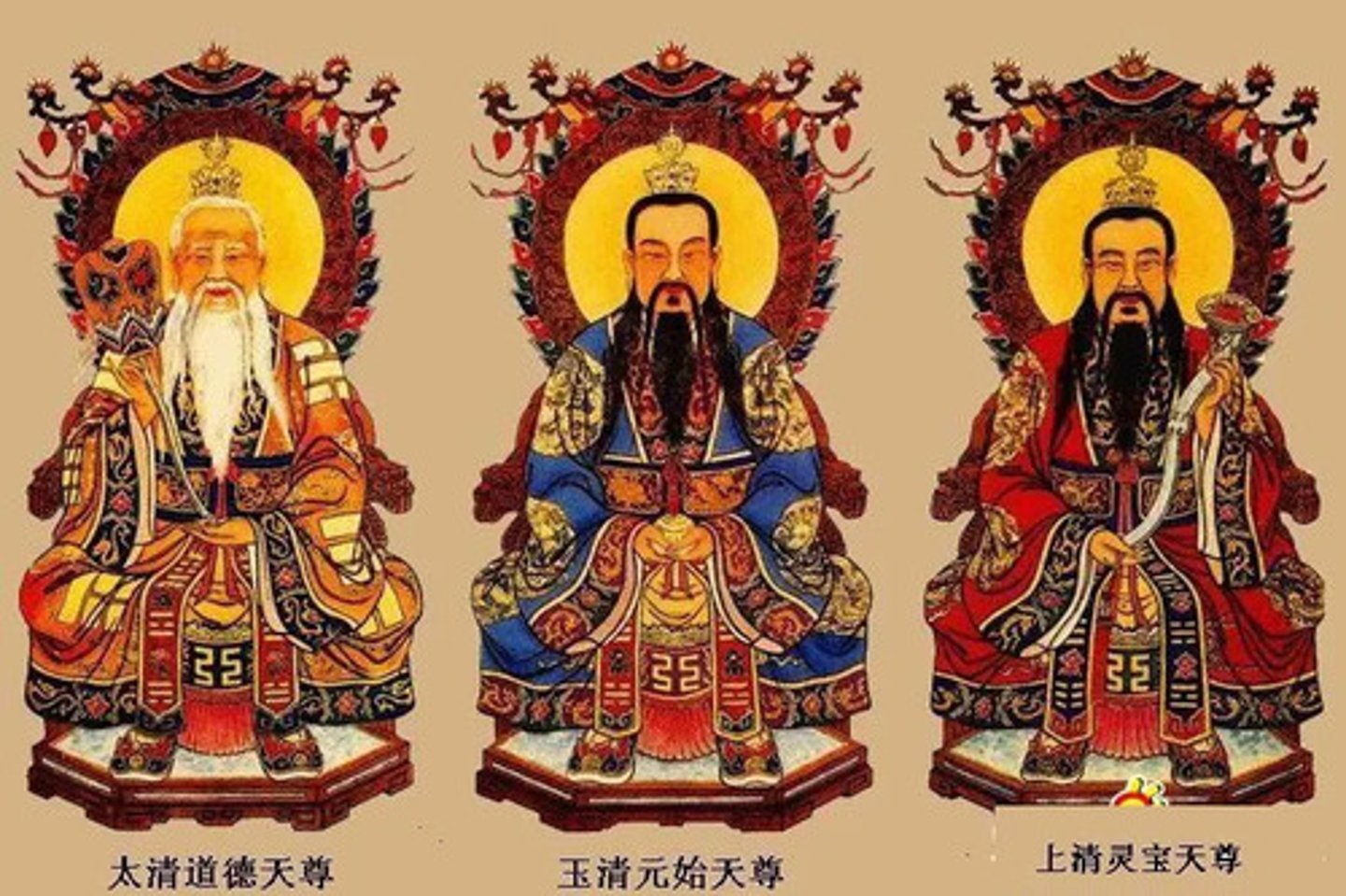
Who is Tianzun Yuanshi?
Known as the Celestial Worthy of Primordial Beginning, this god is believed to have spontaneously formed from pure energy at the beginning of the universe.
Who is Tianzun Lingbao?
Known as the Celestial Worthy of Numinous Treasure, this god is considered the source of Daoist knowledge who teaches lesser gods and humans the ways of the Dao.
Who is Tianzun Daode?
Known as the Celestial Worthy of the Way and Its Power, this god is believed to have taken on many forms throughout time, including Lao Tzu.
What is divination?
This is the practice of acquiring knowledge, specifically of the future, by supernatural means. Daoists have been known to practice or use magic, sorcery, shamanic activities, talismans, inner alchemy, and oracle bones.
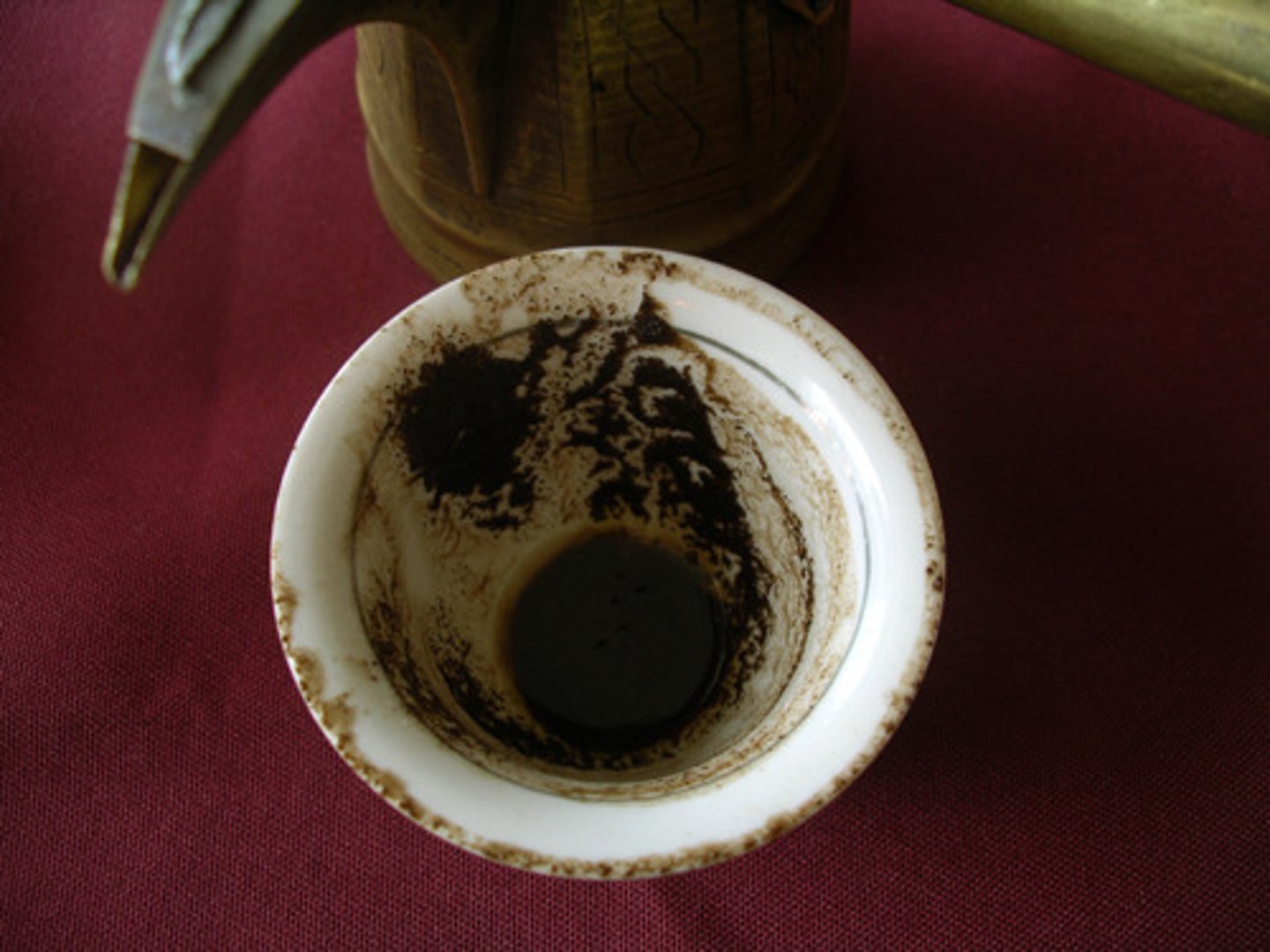
What is emptiness?
Daoists often aspire to reach this state of perfected mental stillness and awareness. At this point, your mind is pure and in touch with the Dao.
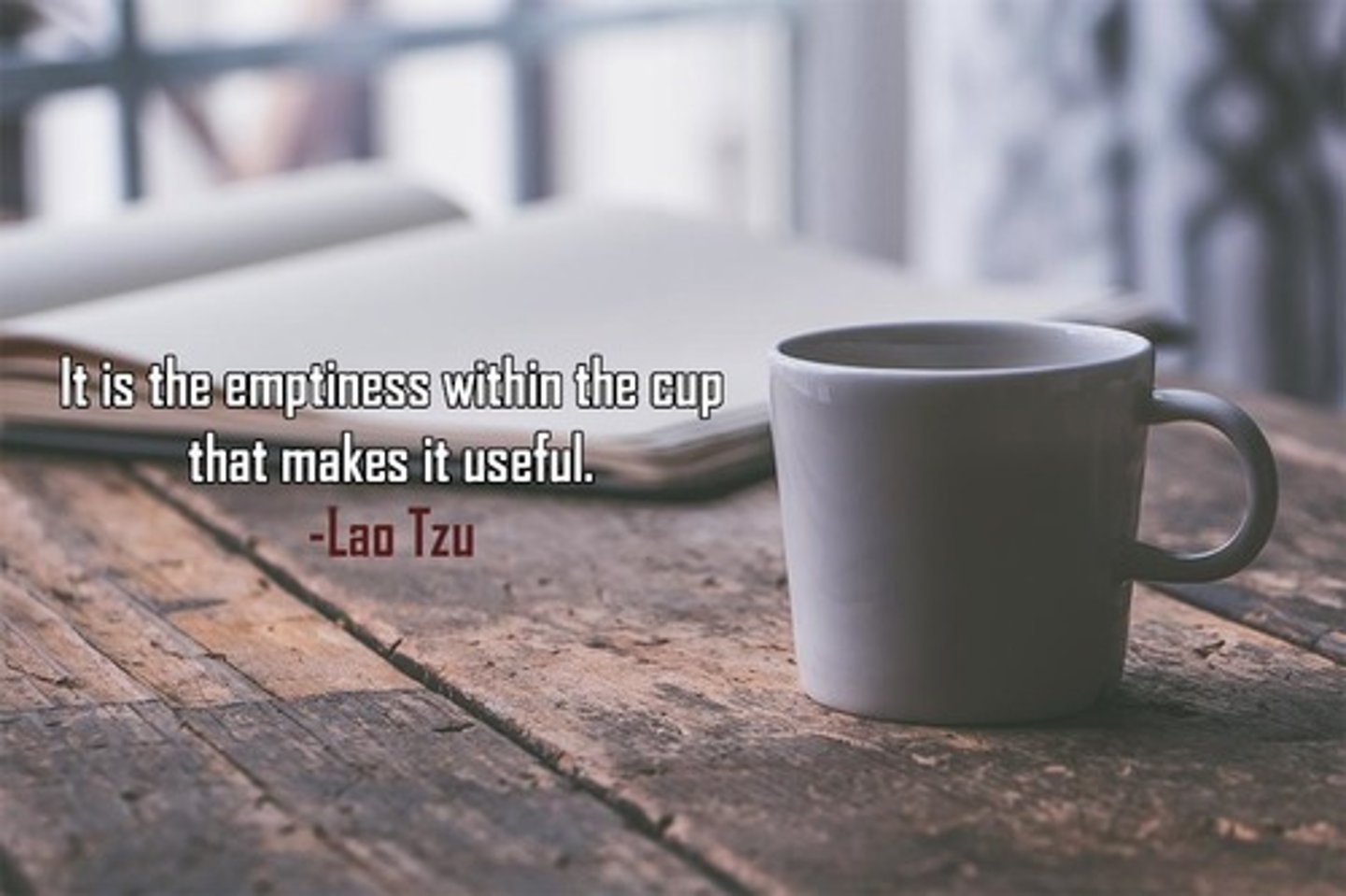
What is the parable of the twisted tree?
In this parable, Chuang Tzu emphasized that things should not be forced into a particular use. Rather, they should be used in a natural way.
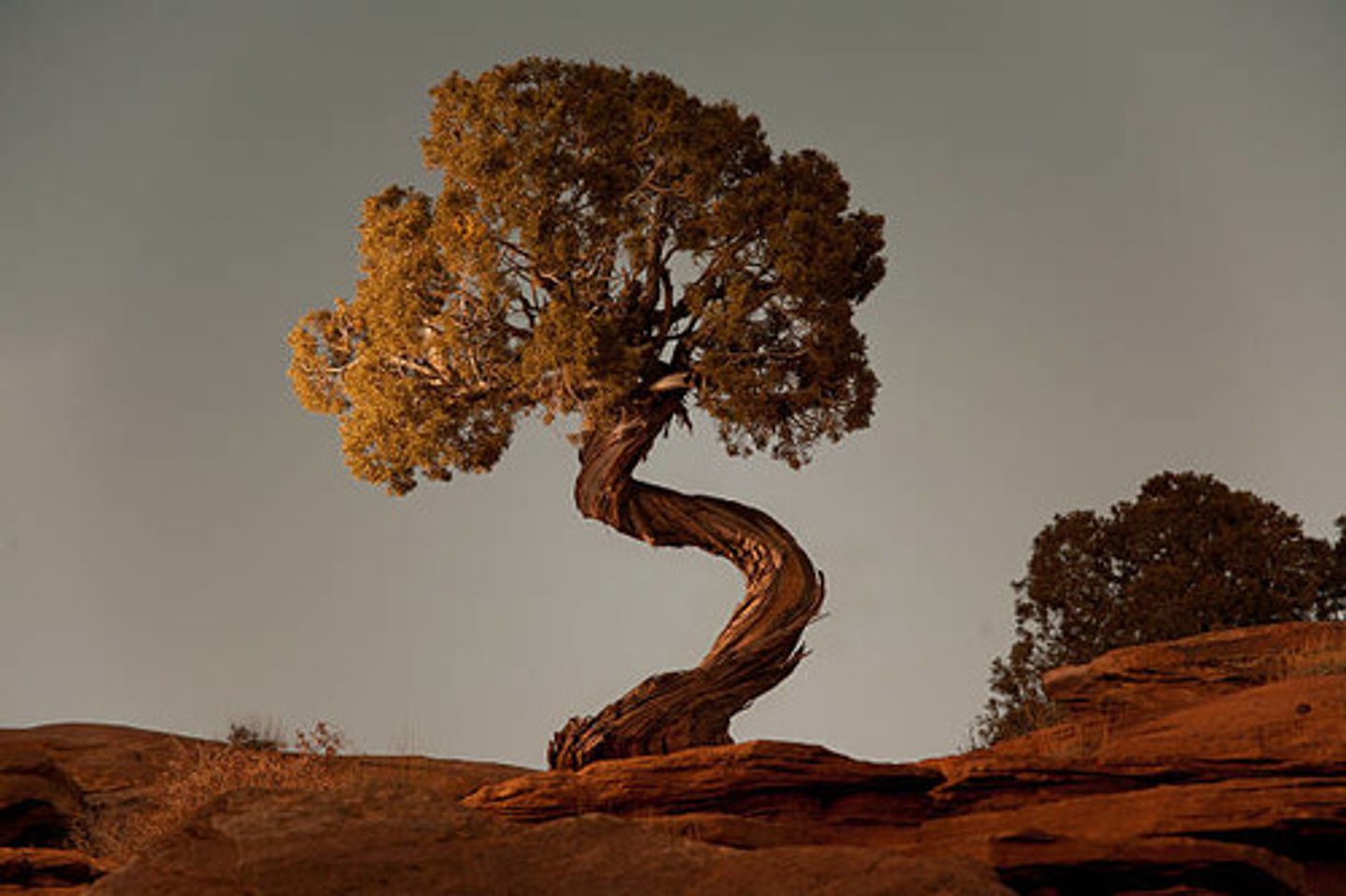
What is the parable of the butterfly?
In this parable, Chuang Tzu questioned the nature and reliability of reality.
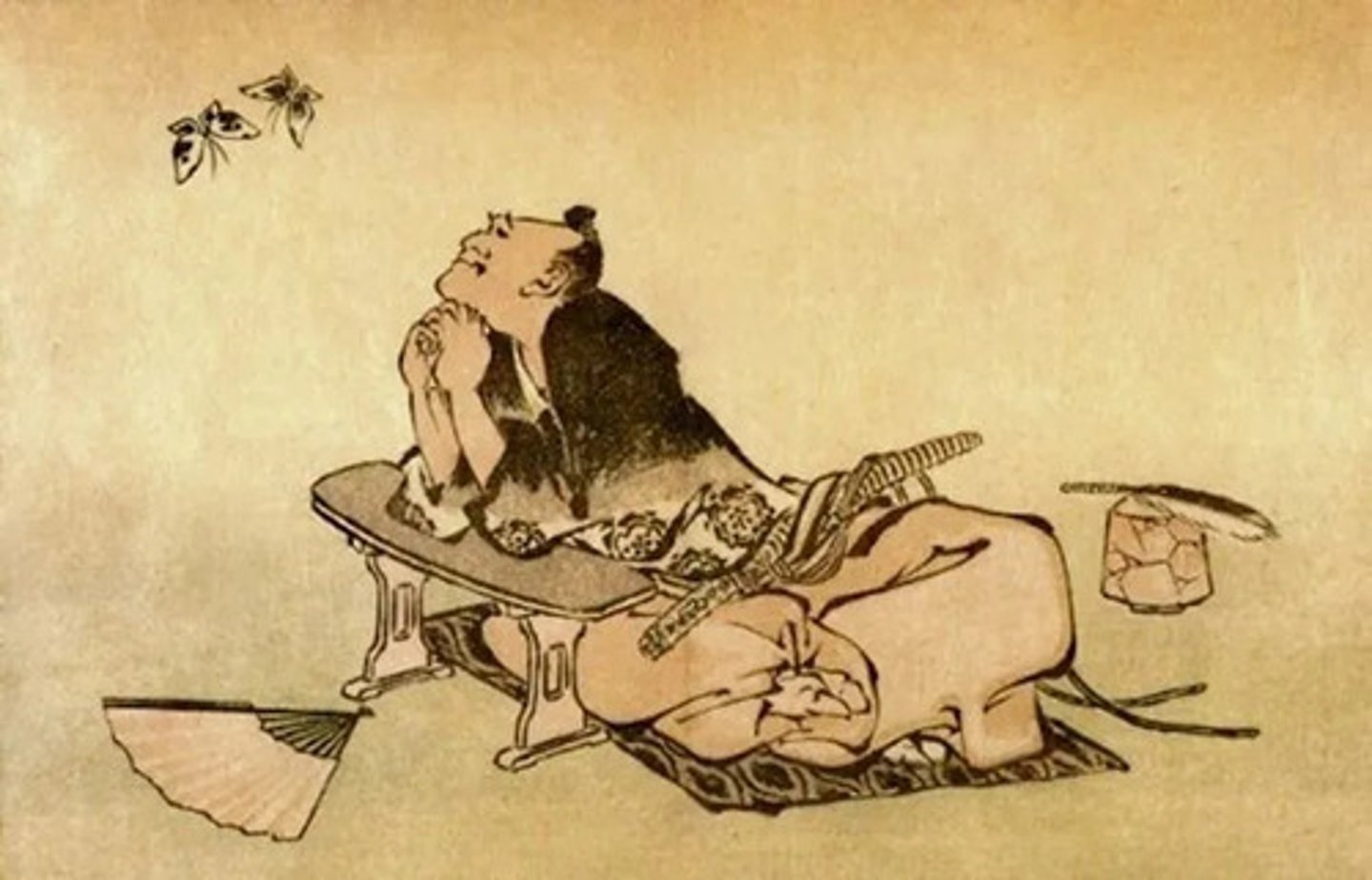
What is the parable of the knife and the oxen?
In this parable, Chuang Tzu emphasizes that when a tool is used correctly and in tune with the Dao, it will not wear the tool out.
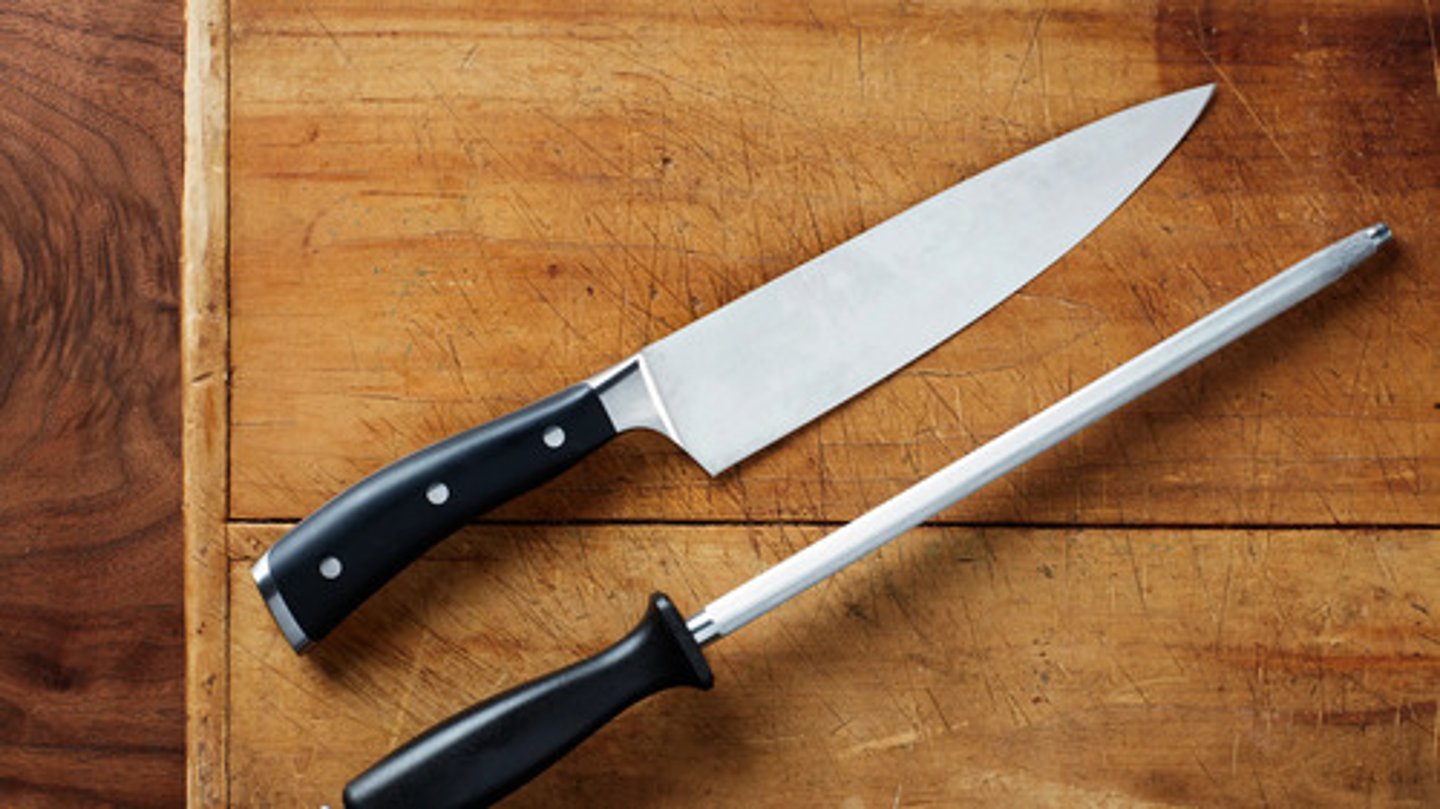
What is intellectual humility?
Lao Tzu encouraged this when he told his followers to understand the limits of their knowledge and to not be arrogant. He said, "The presumption of knowledge is a disease."
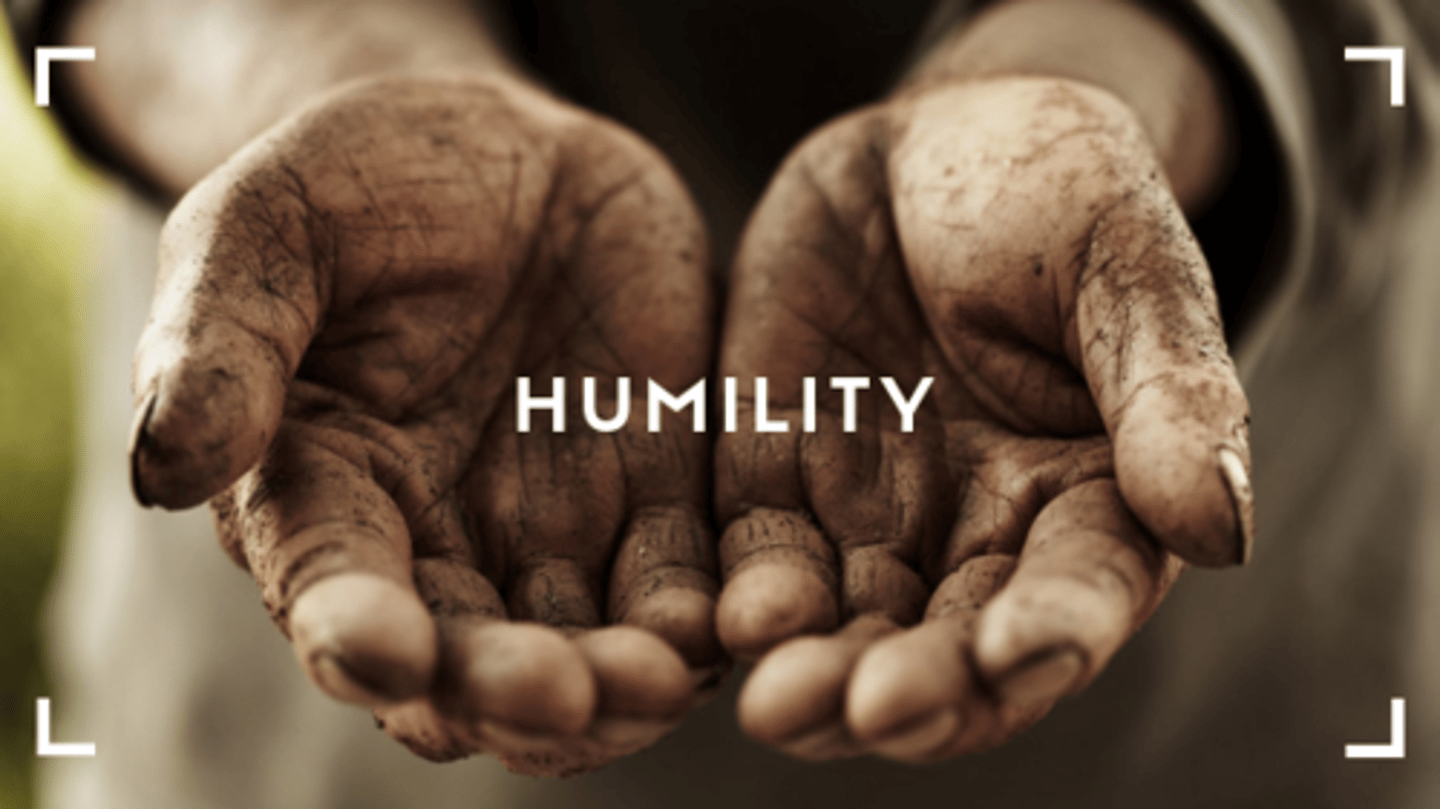
What is a sage?
This is a wise person who lives a life of humility, selflessness, and naturalness that is in accordance with the Dao.
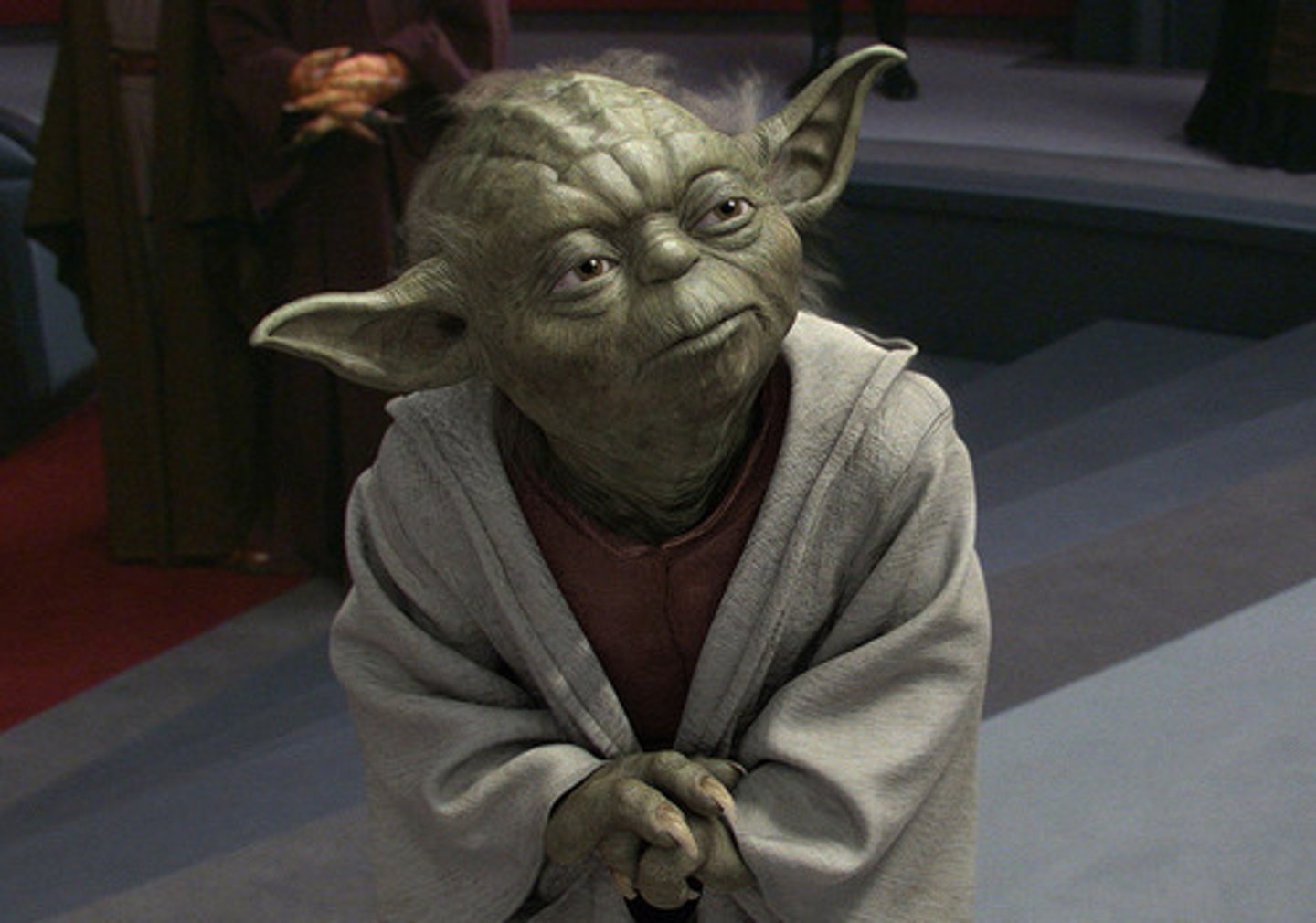
What is ziran?
This is the natural, spontaneous state of being that, in order to be fully realized, requires the practice of wu wei.
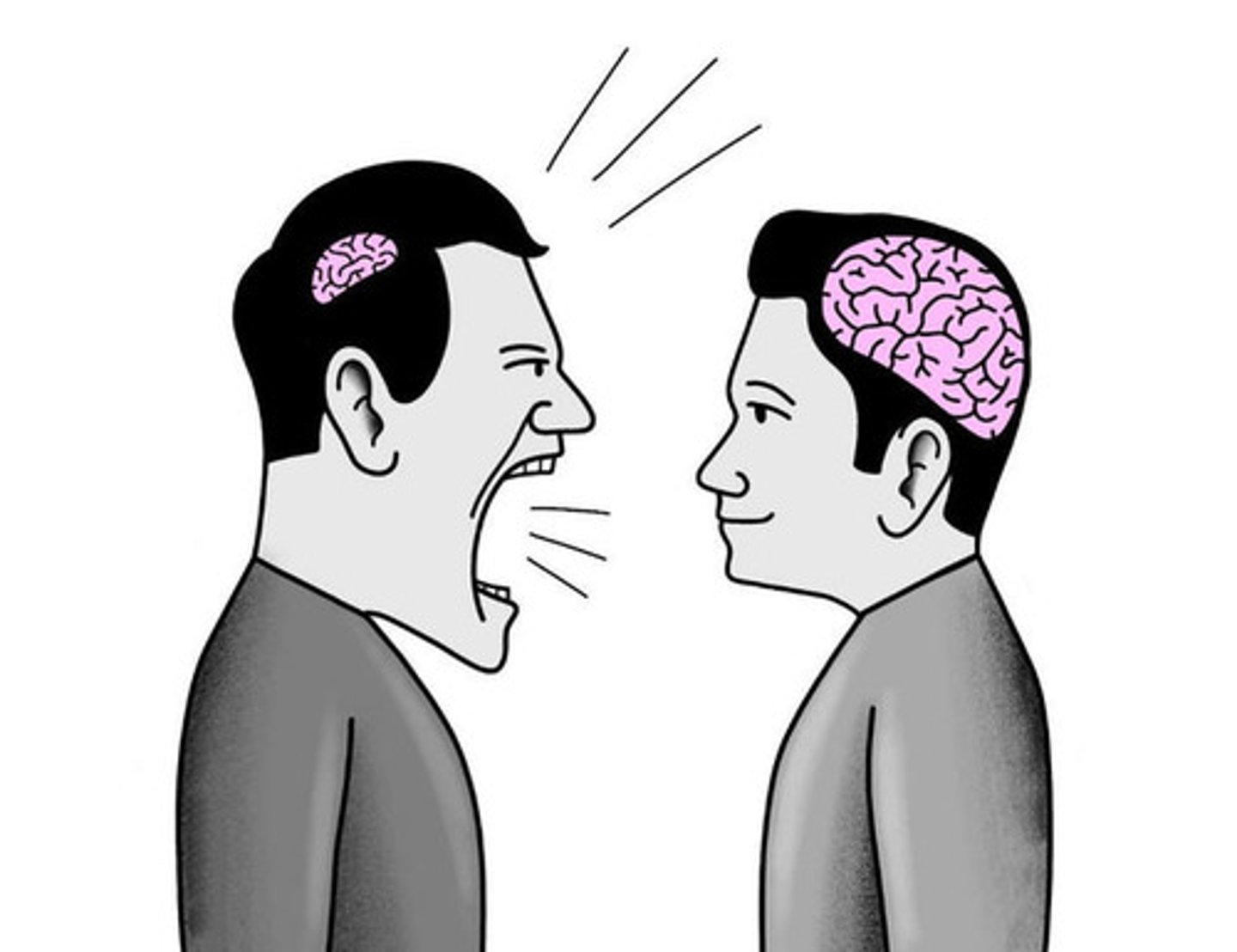
What are wu xing?
These are the five interdependent elements (wood, fire, earth, metal, and water) that contribute to the constant changes in nature and the universe.
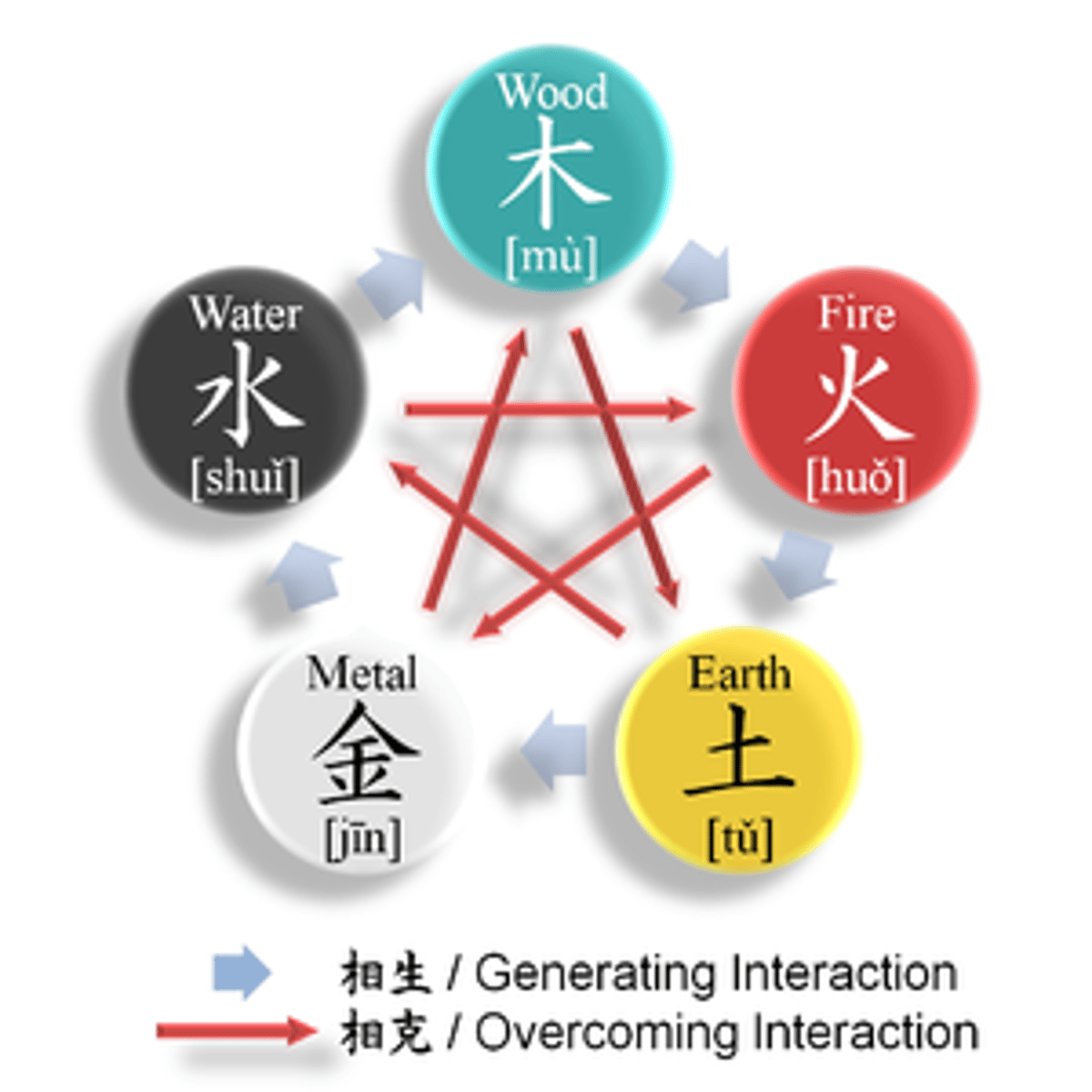
What is neidan?
This is the practice of inner alchemy, which is designed to attain immortality through meditation, breath control, movement, massage, etc. There is no introduction of external or foreign substances to the body.
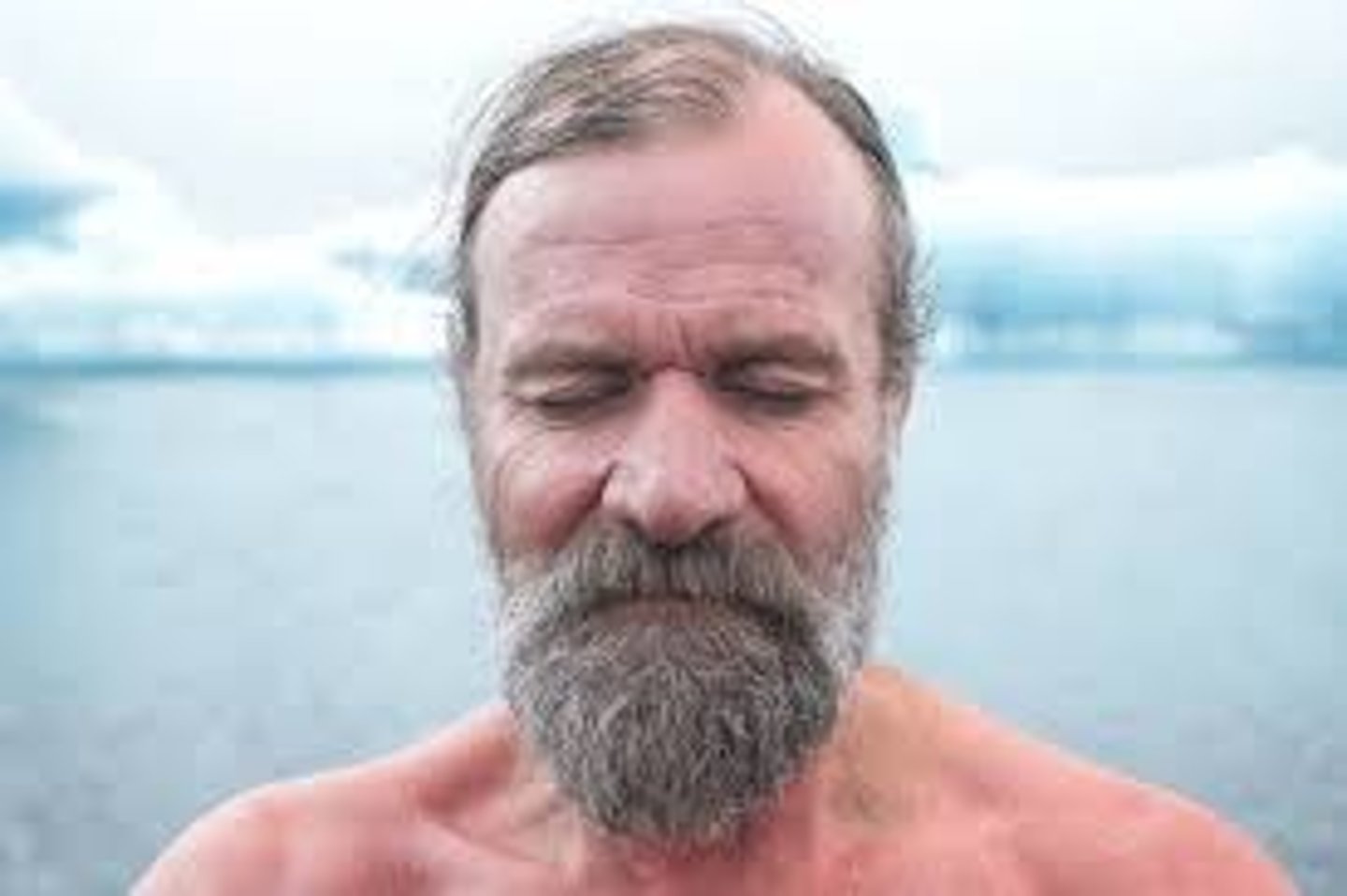
What is waidan?
This is the practice of external alchemy, which is designed to attain immortality through the introduction of foreign substances, including herbs, minerals, elixirs, talismans, etc.
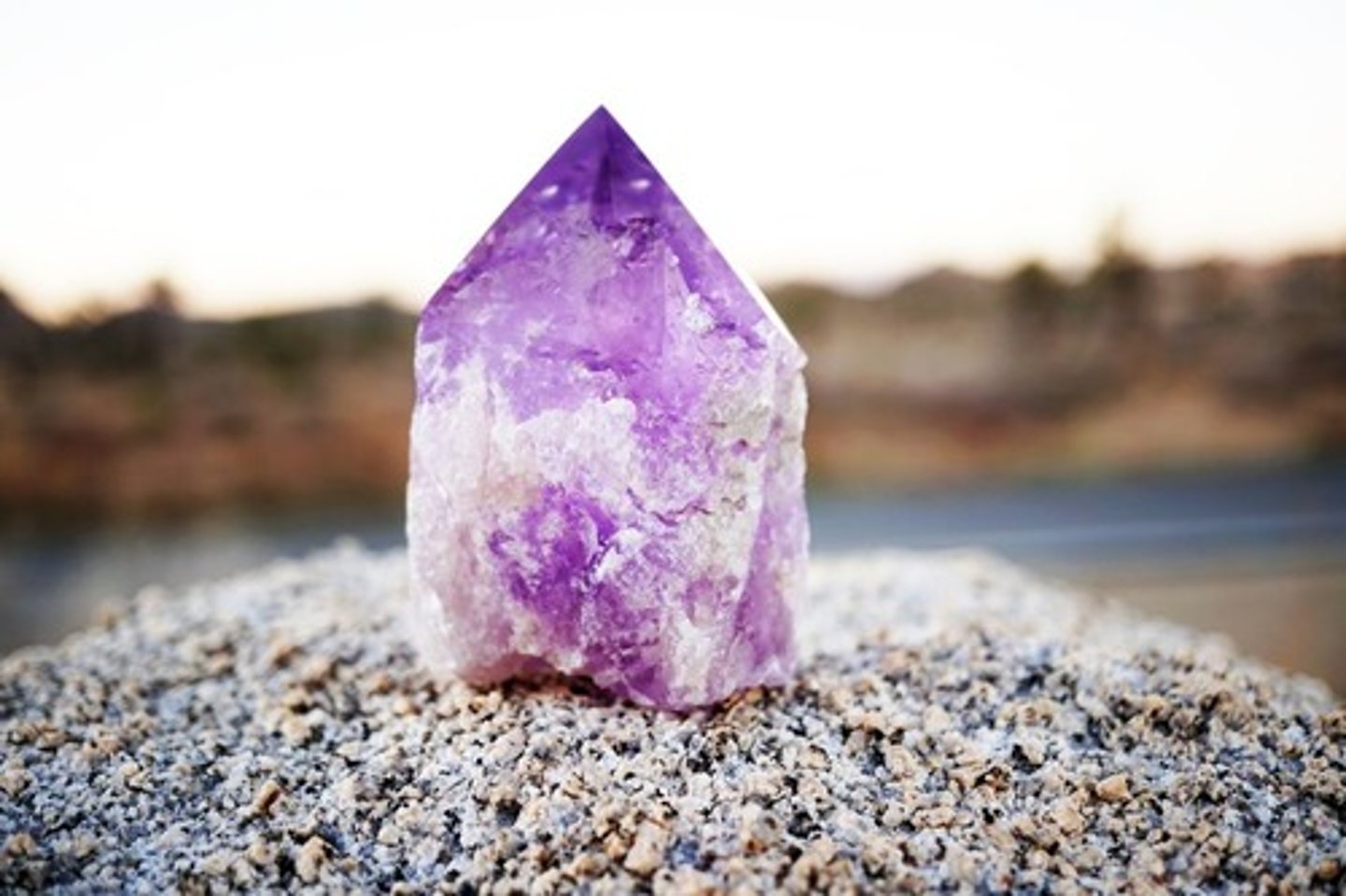
What is the I Ching?
Known as the Book of Changes, this is a classical Chinese divination text that contains 64 hexagrams to consult in order to gain knowledge of future events or unobservable phenomena.
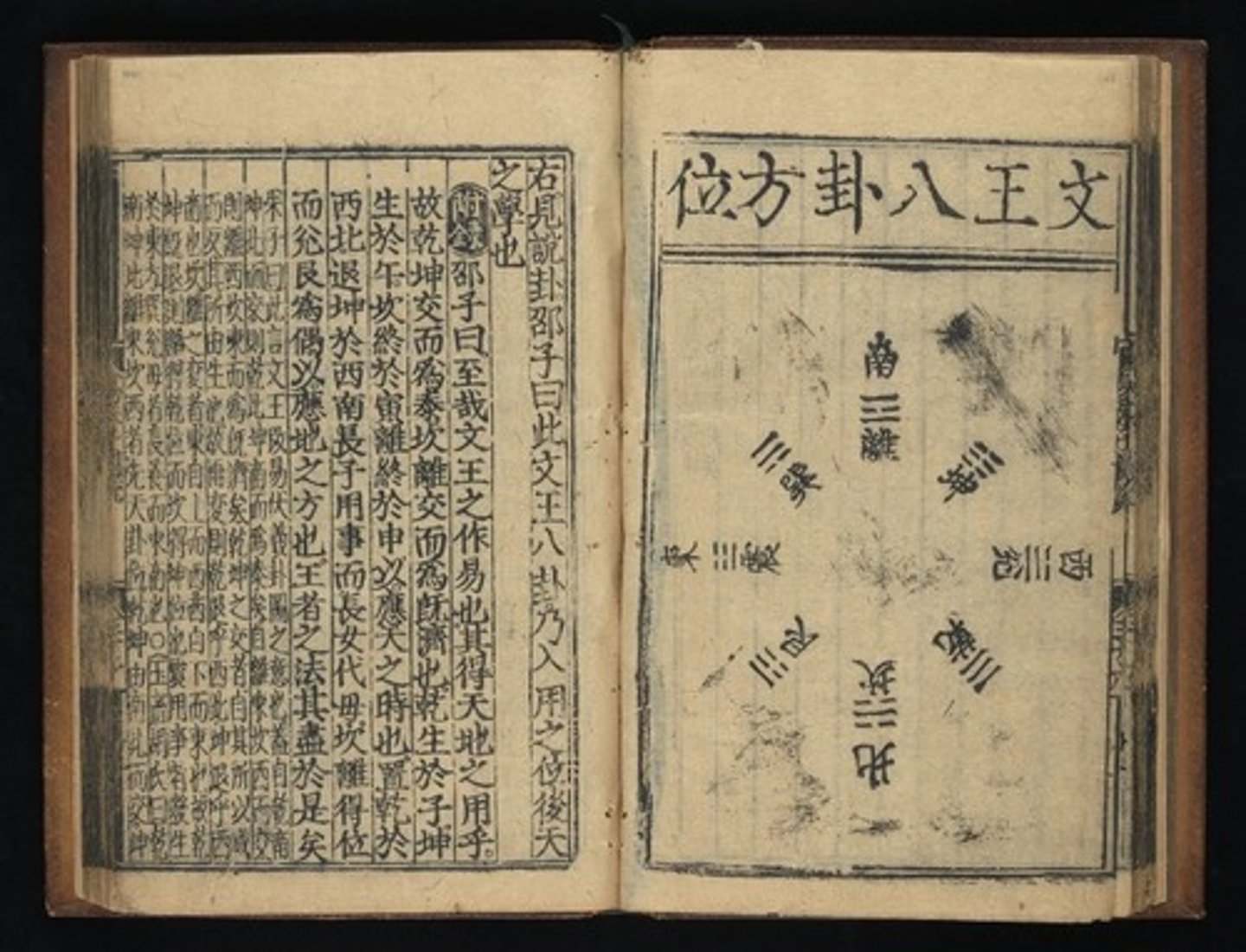
Who are immortals?
Known as Xian, these Daoist sages have discovered the secrets of everlasting life through a variety of Daoist practices and beliefs. There are eight primary immortals.
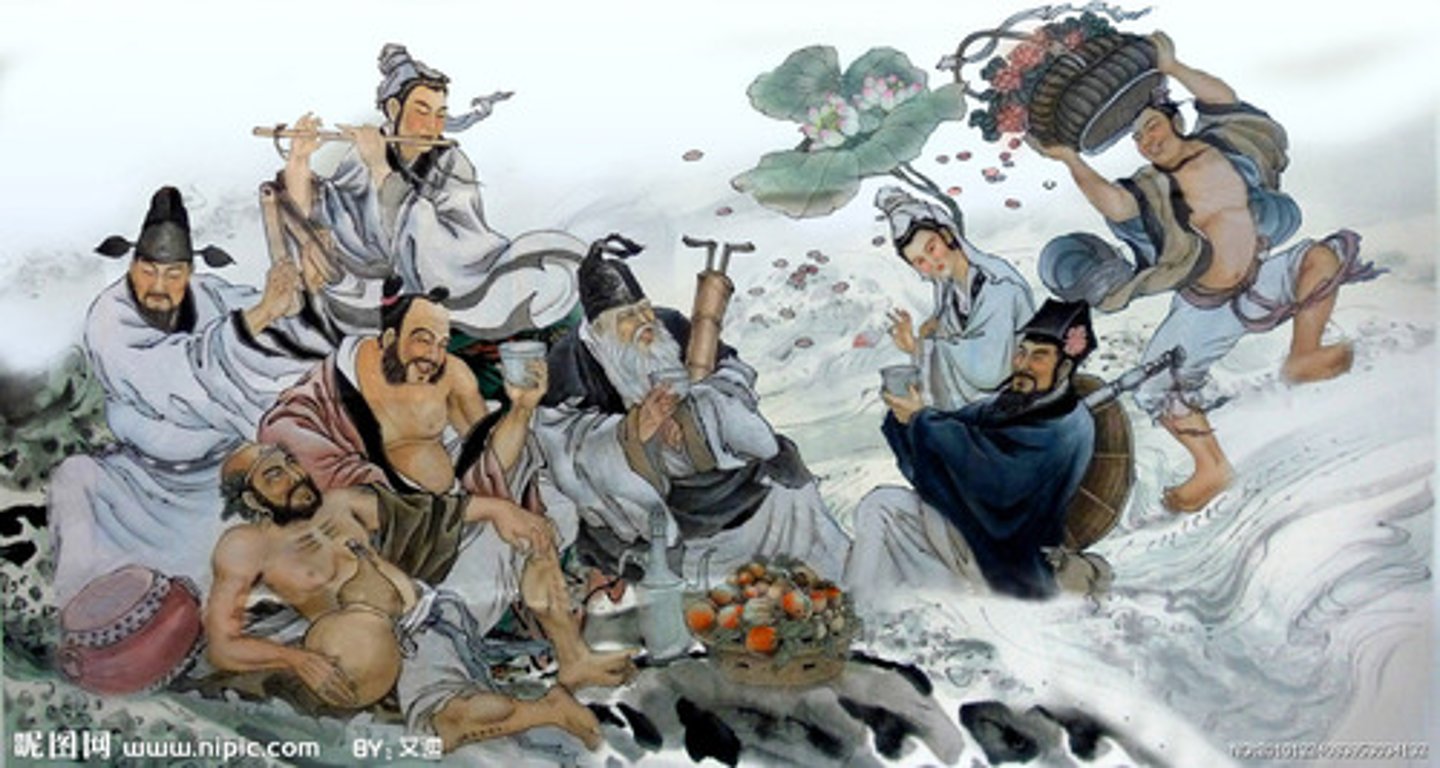
Who is the Jade Emperor?
This is the primary deity in charge of administering the celestial bureacracy in traditional Chinese religion, including Daoism.
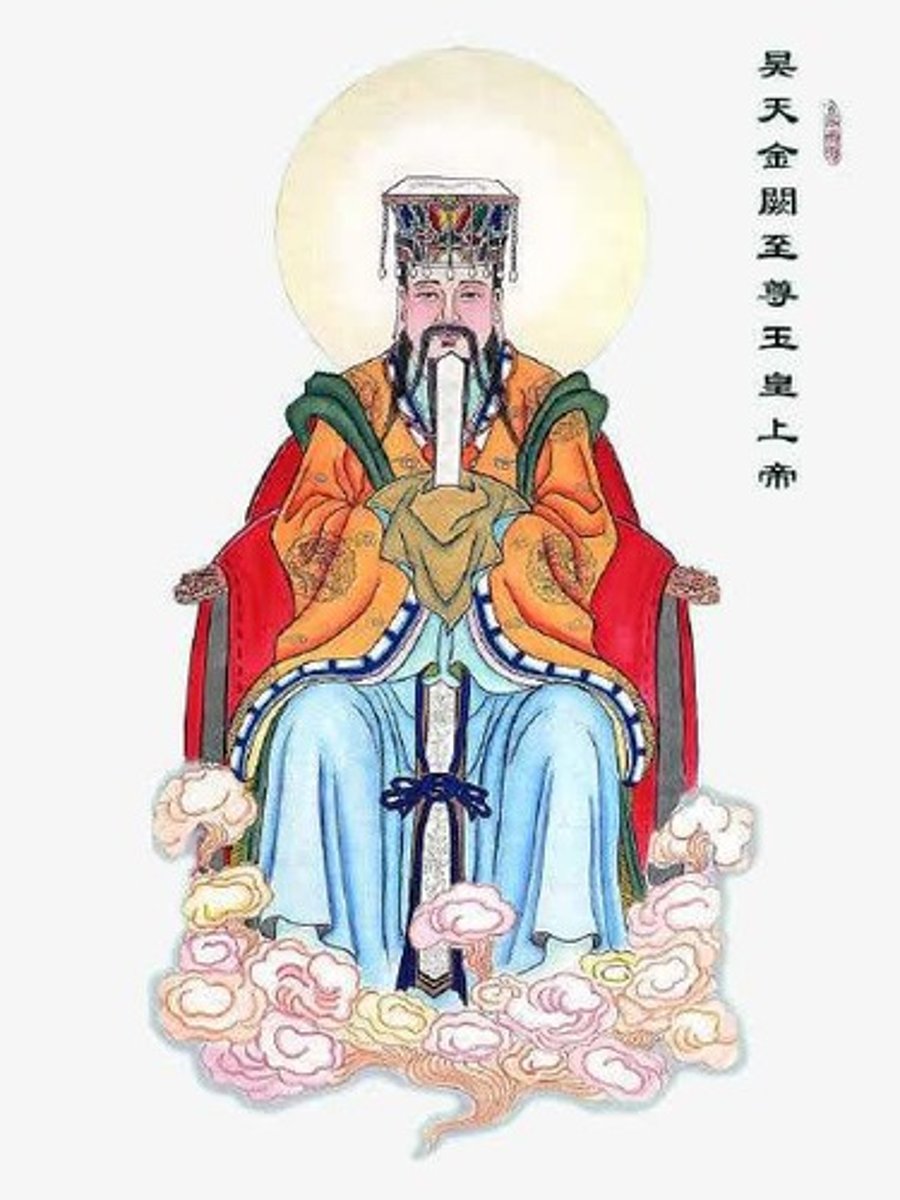
What is the Qingming Festival?
Known as the Tomb-sweeping day, this holiday is known for paying respect to one's ancestors by sweeping and cleaning their tombs.

What is the Ghost Festival?
During this holiday, it is thought that the spirits of the deceased emerge from the underworld on the 15th day of the seventh month. Celebrants make offerings to their ancestors and the gods in order to expiate their sins.
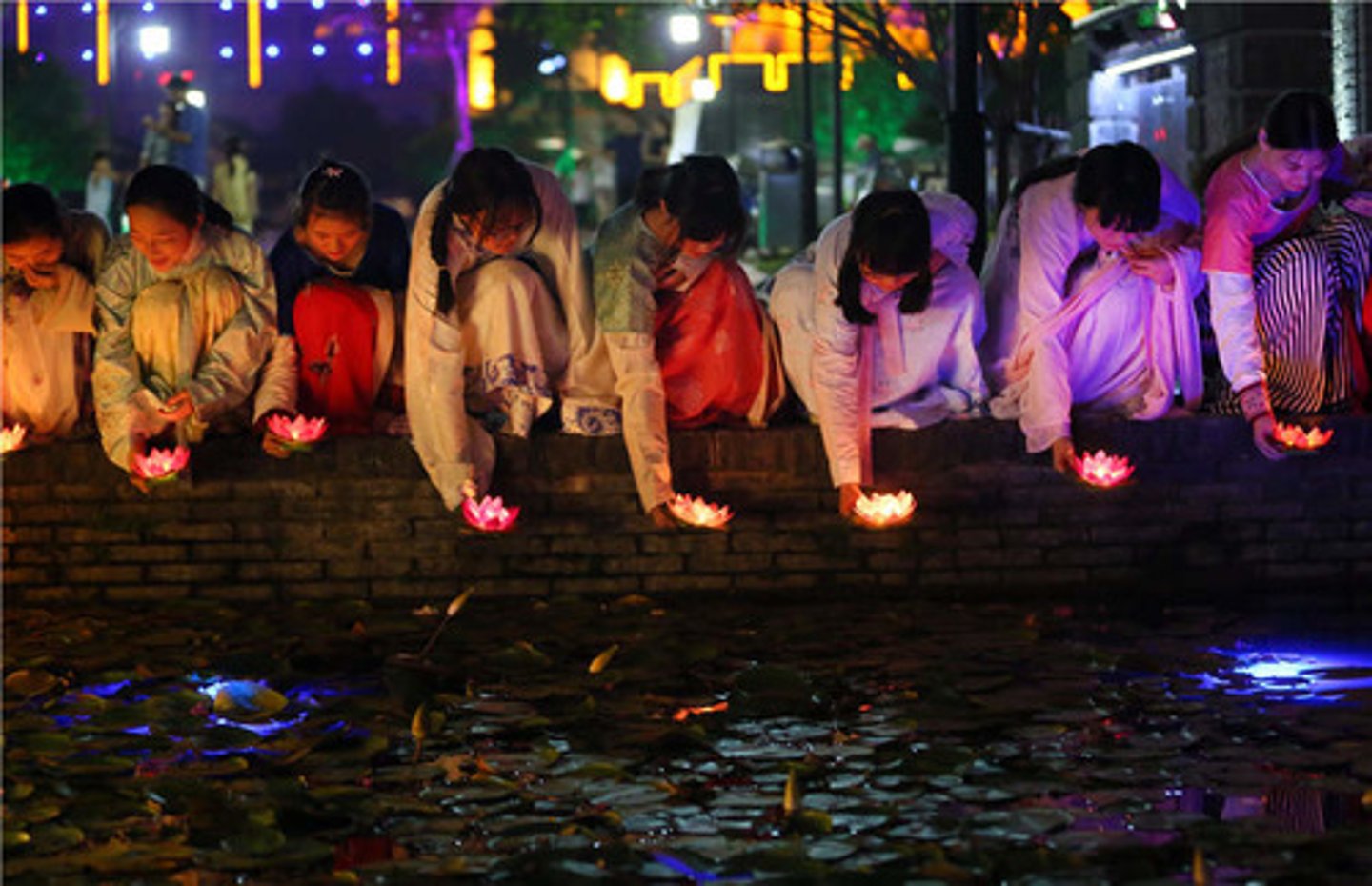
What are the five offerings?
These small gifts, including incense (joss sticks), flowers, a lamp, water, and fruit (specifically, five types of fruit), are offered to ancestors, gods, and other spiritual beings.

What are the five precepts?
These core principles, which can be found in many cultures and religions across Asia, include: (1) no murdering; (2) no stealing; (3) no sexual misconduct; (4) no lying; and (5) no intoxicants.
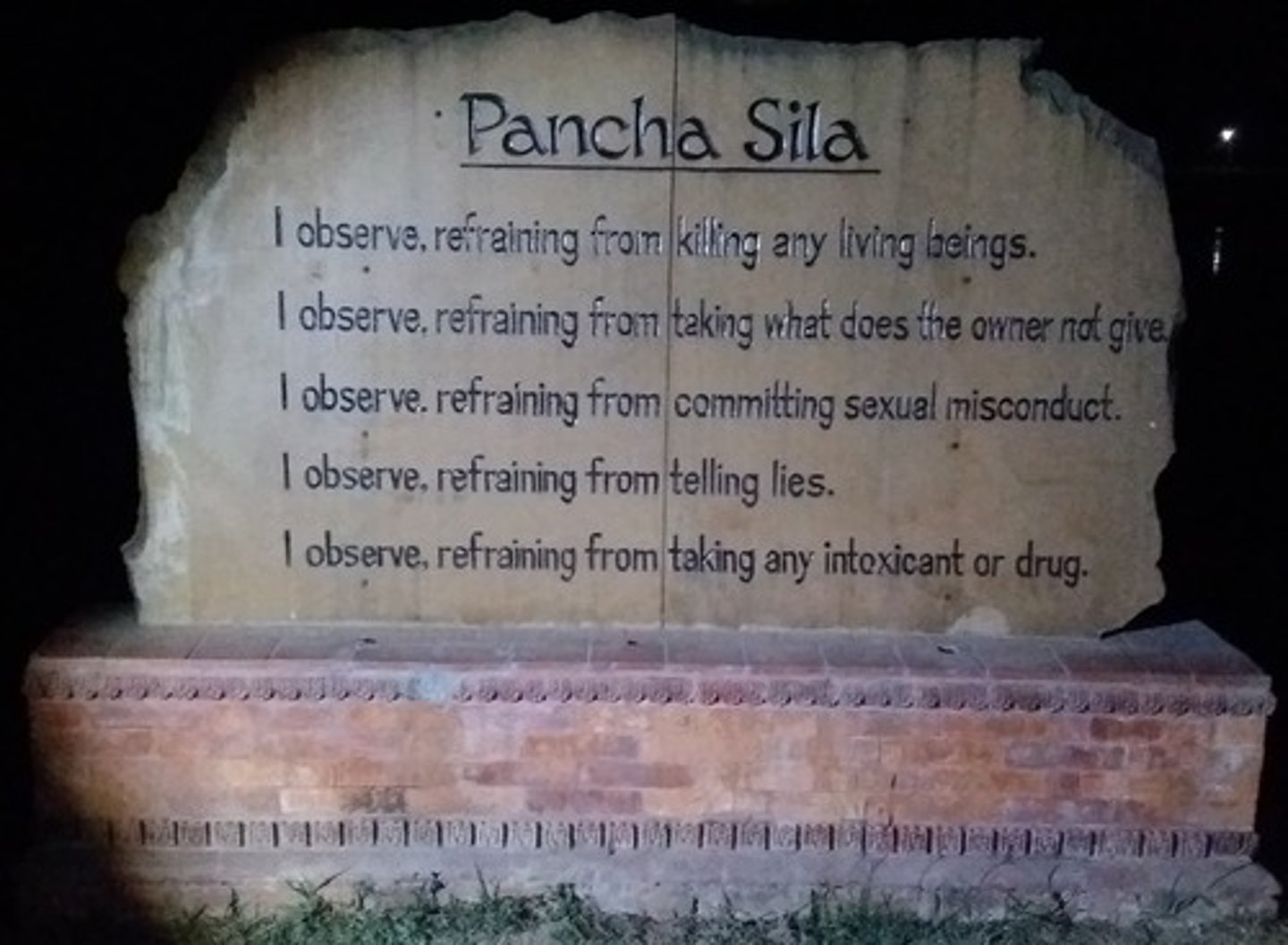
What is filial piety?
Known in Chinese as xiao, this is a common Chinese virtue that emphasizes respect for one's elders and ancestors.

Who is Zhang Daoling?
According to tradition, he established the oldest surviving Daoist school, the Way of the Celestial Masters, after Lao Tzu appeared to him in a vision. He was considered to be the living representative of the Dao on earth and died ca. 156 CE.
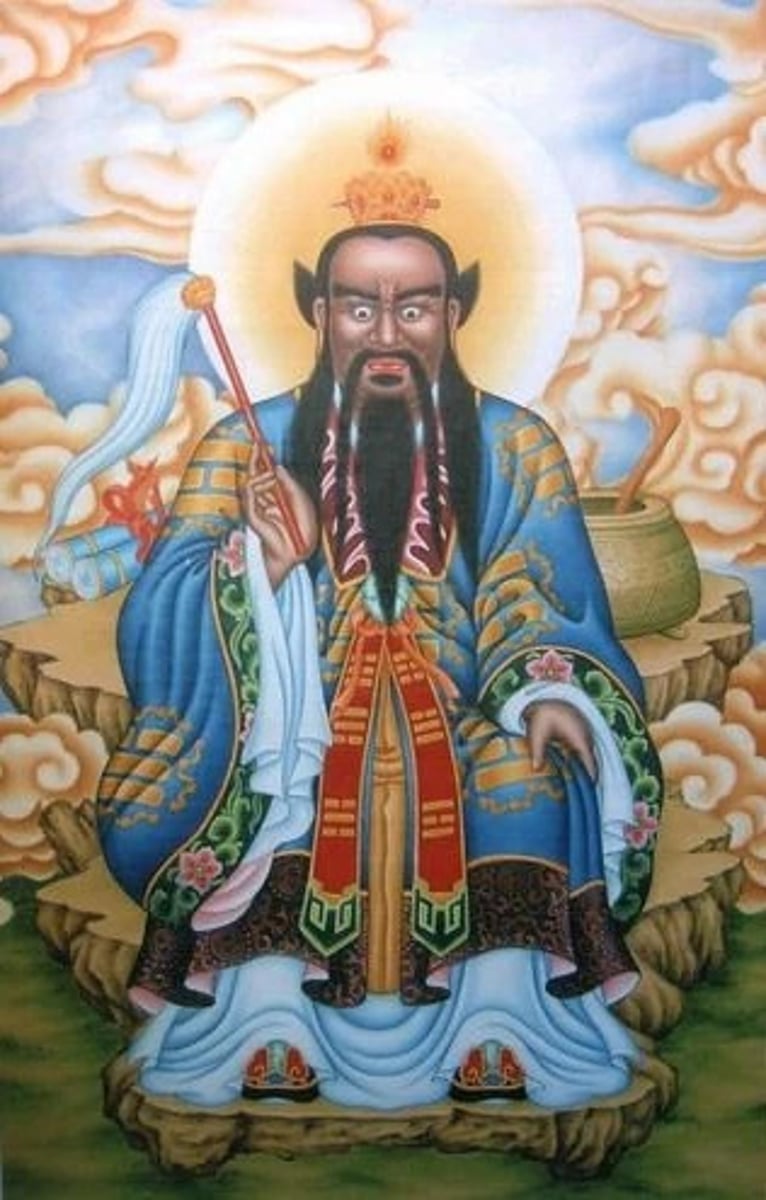
Who is Lady Wei Huacun?
She was instructed by various immortals concerning various meditation, visualization, and breathing techniques, as well as new deities and alchemical elixirs. She died in 334 CE.
